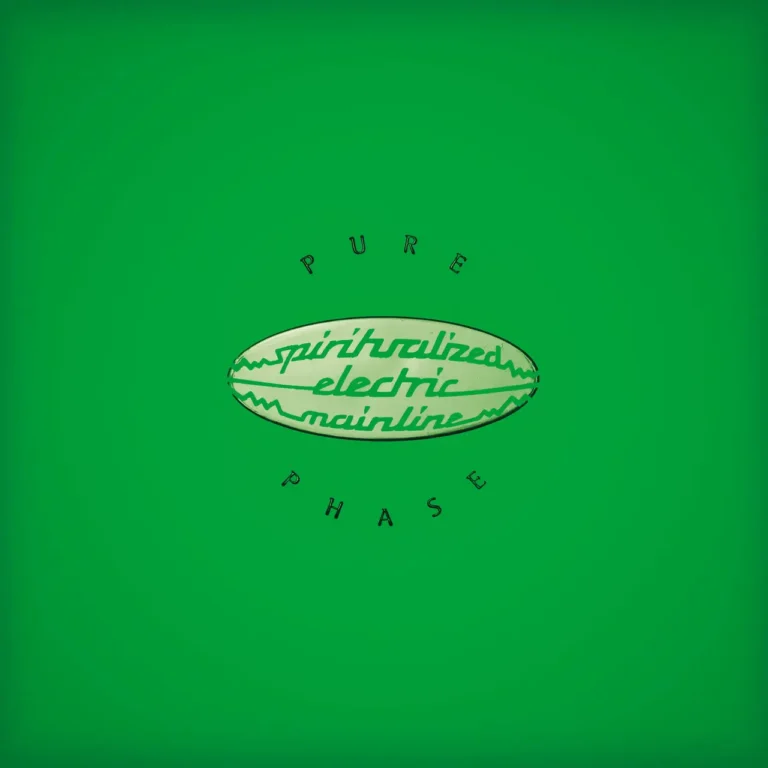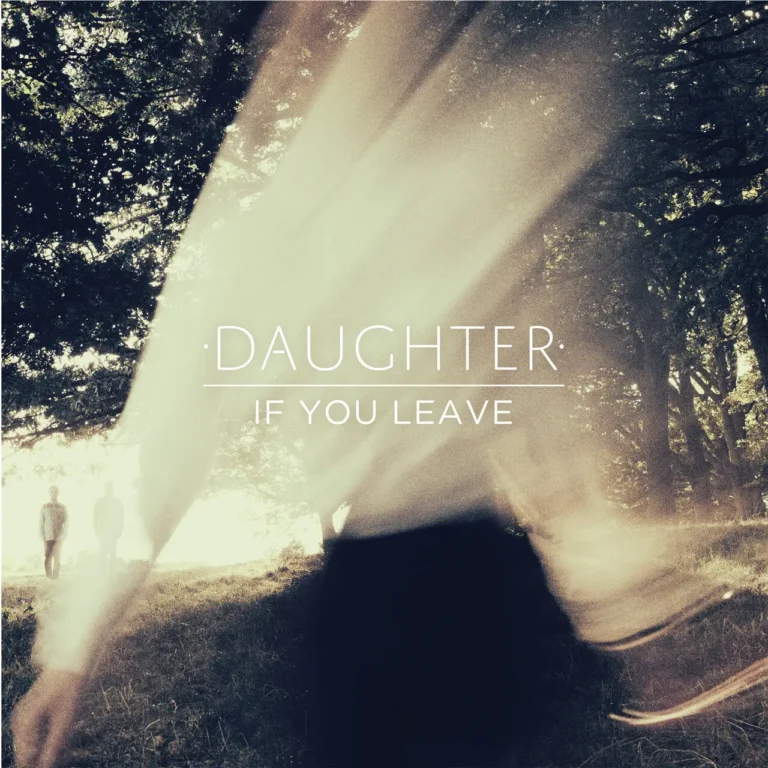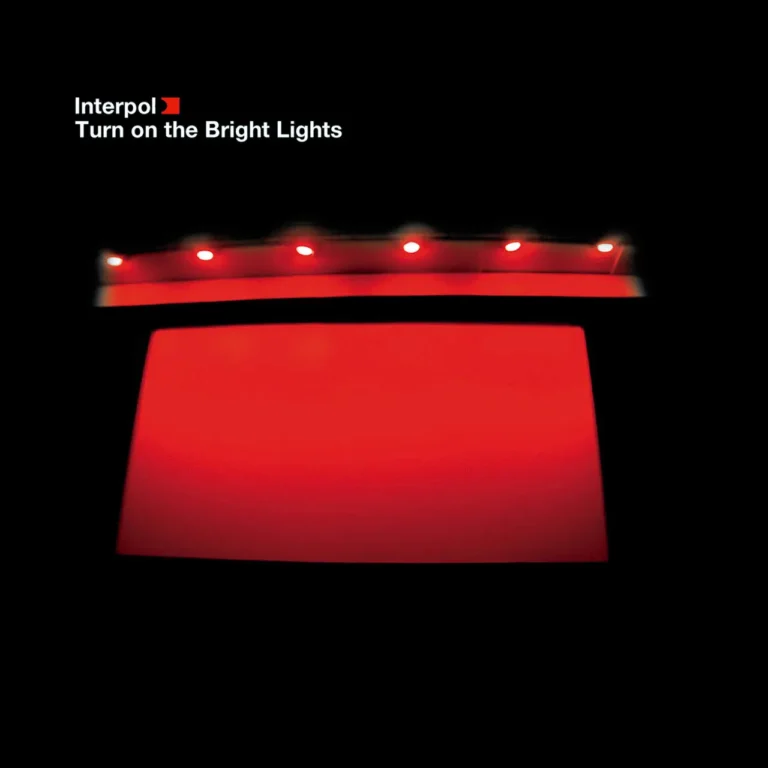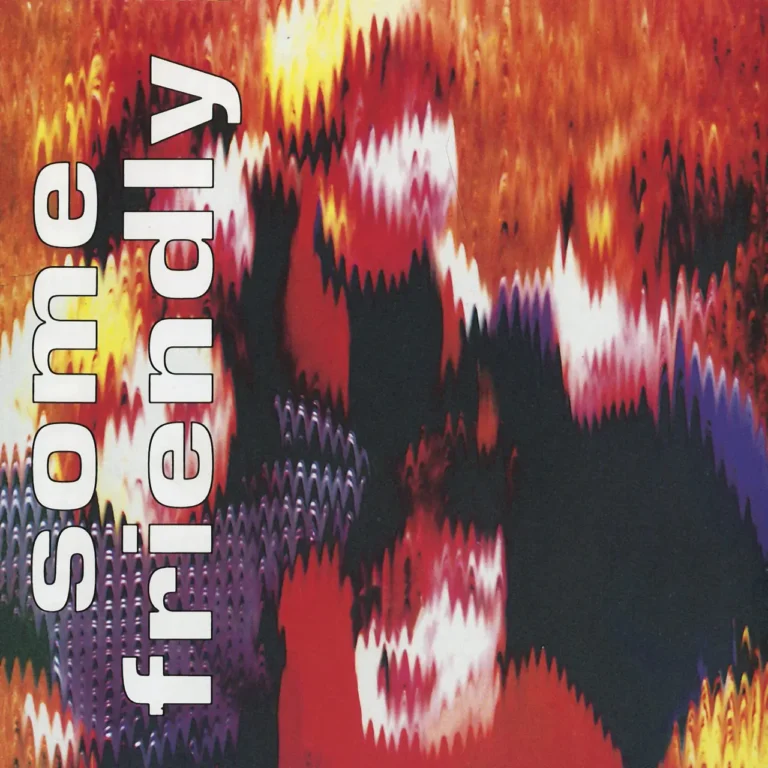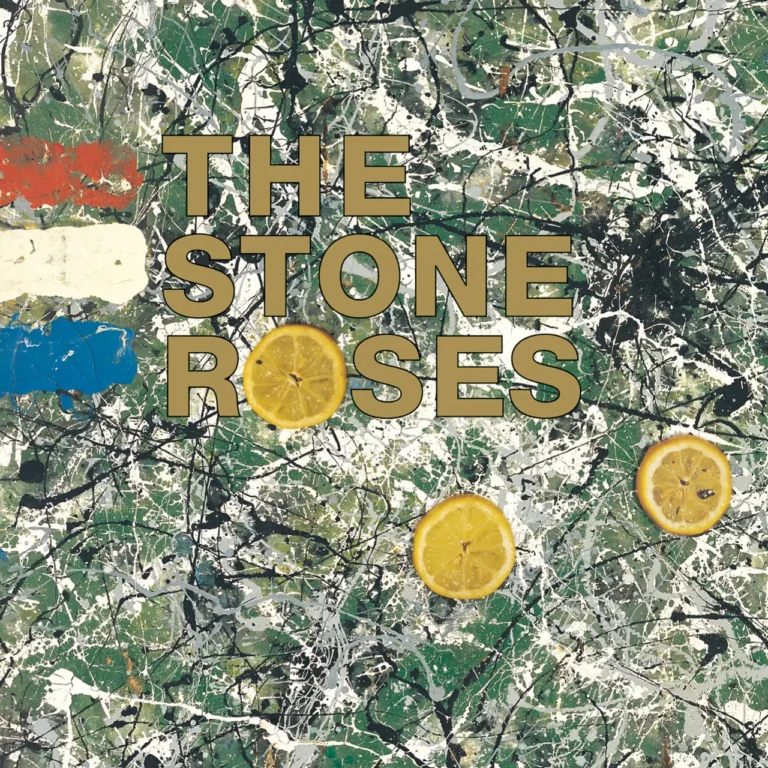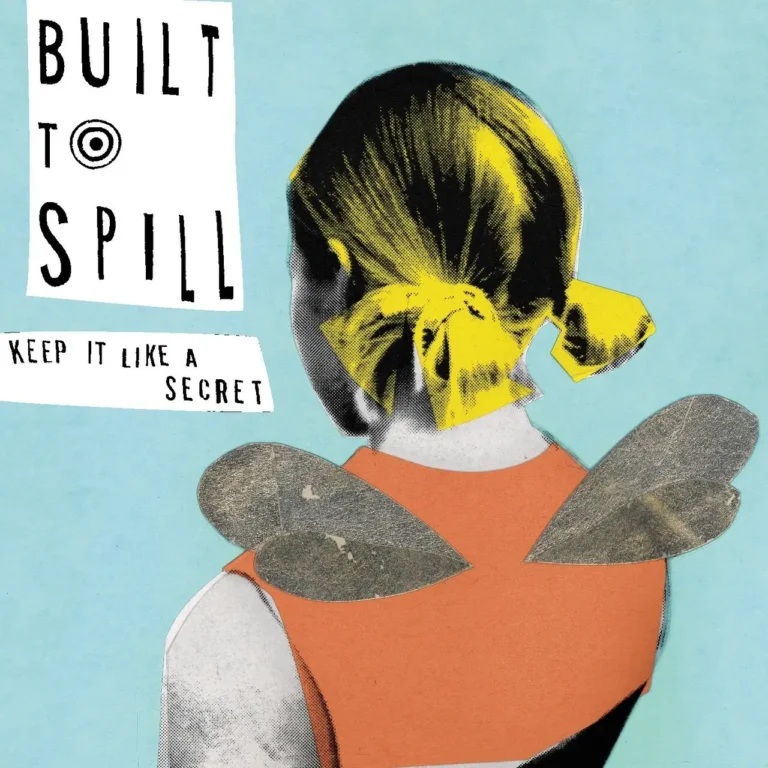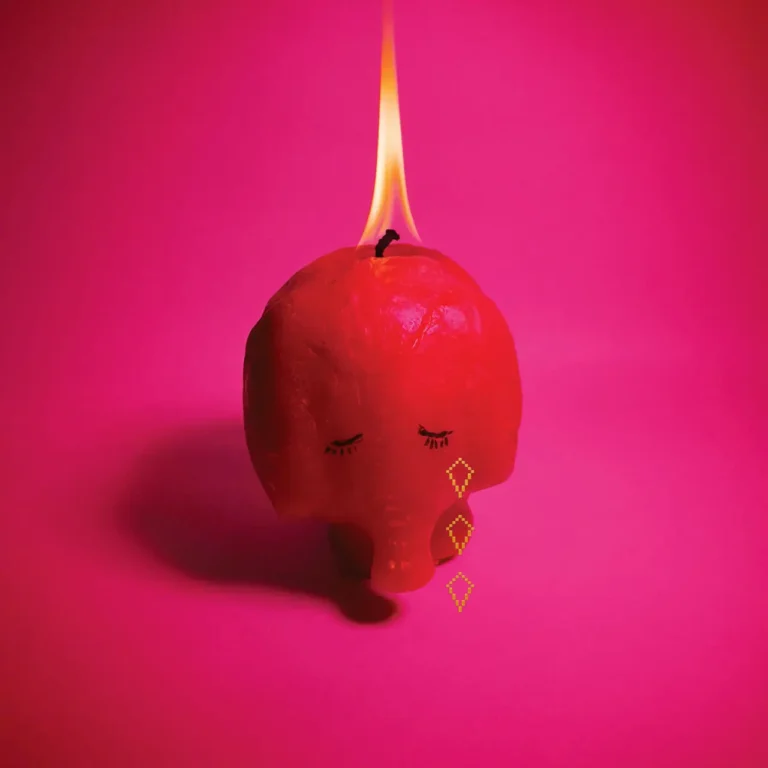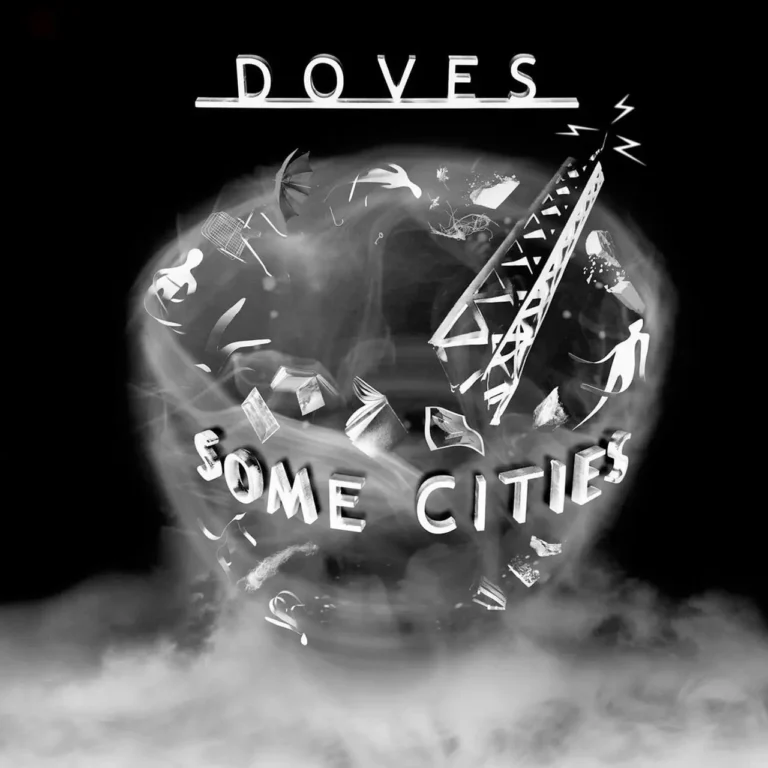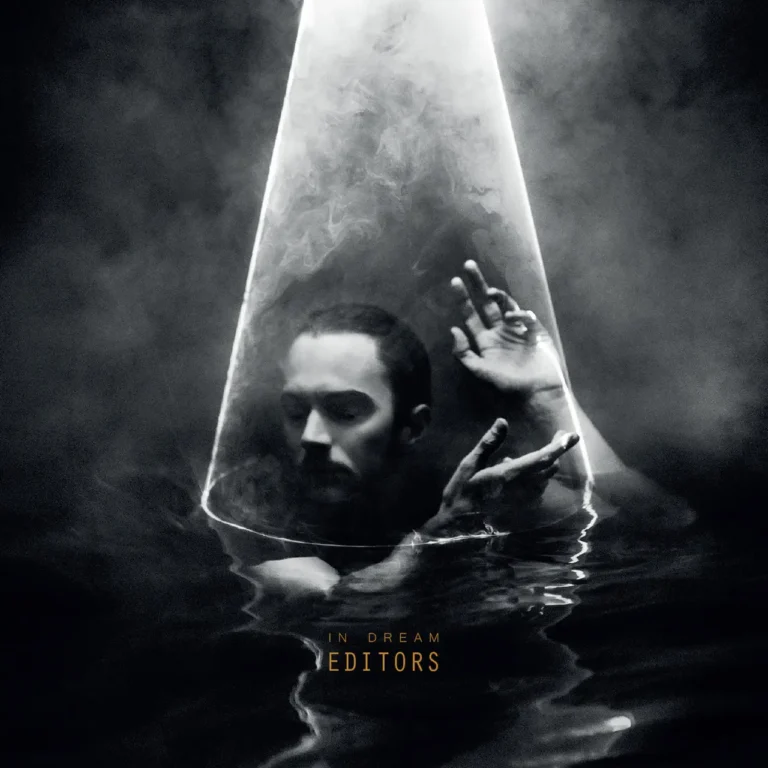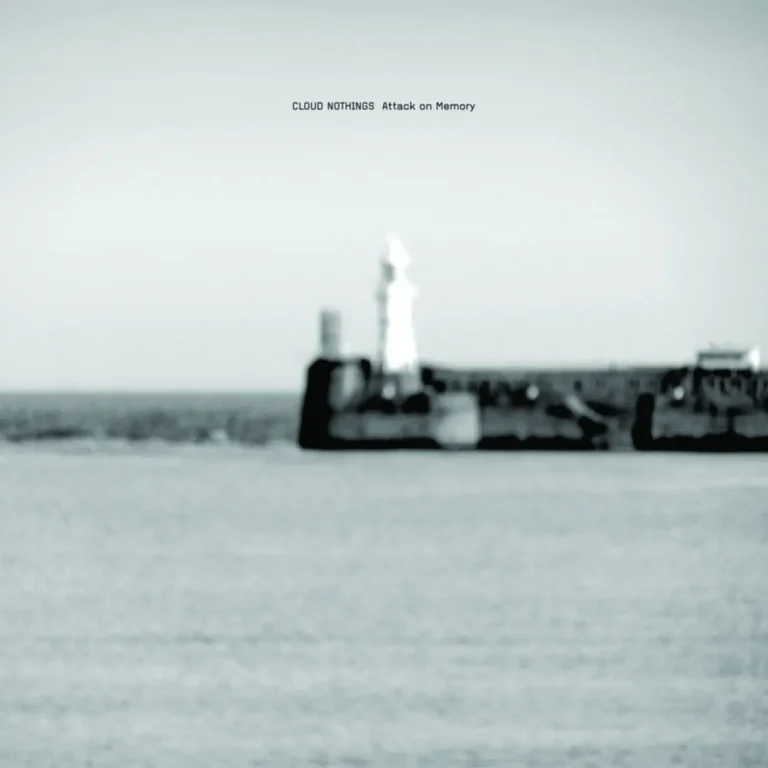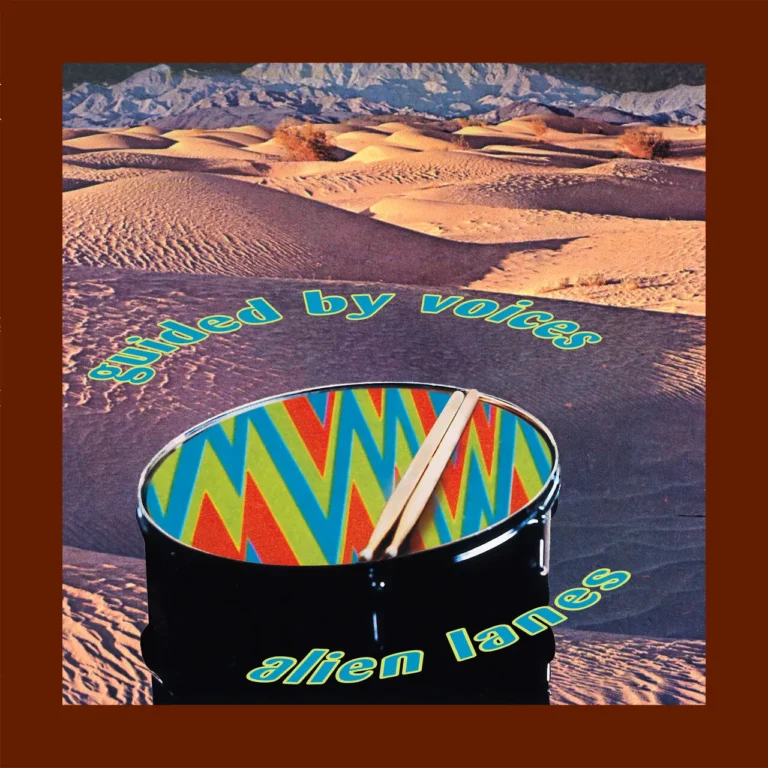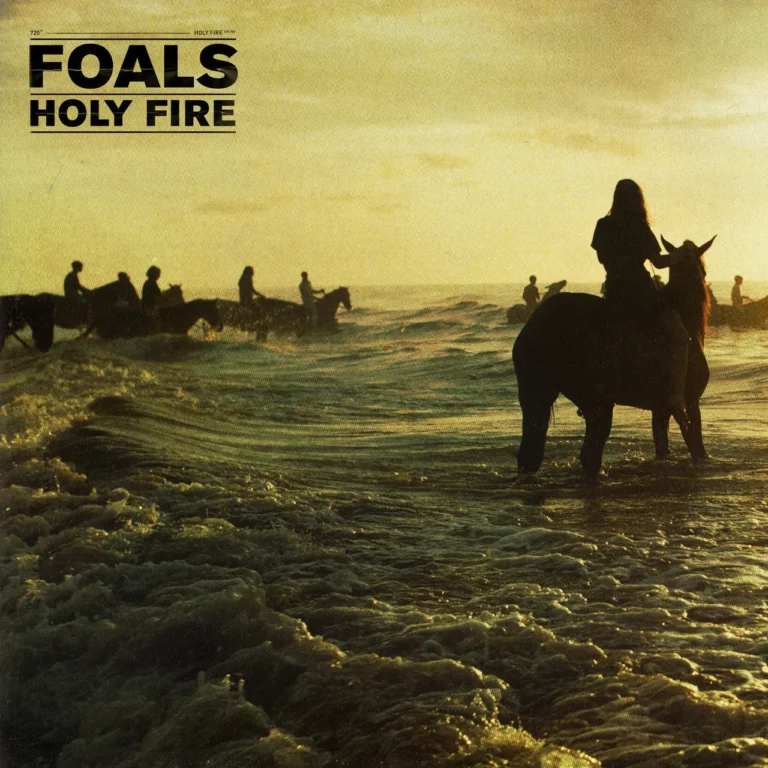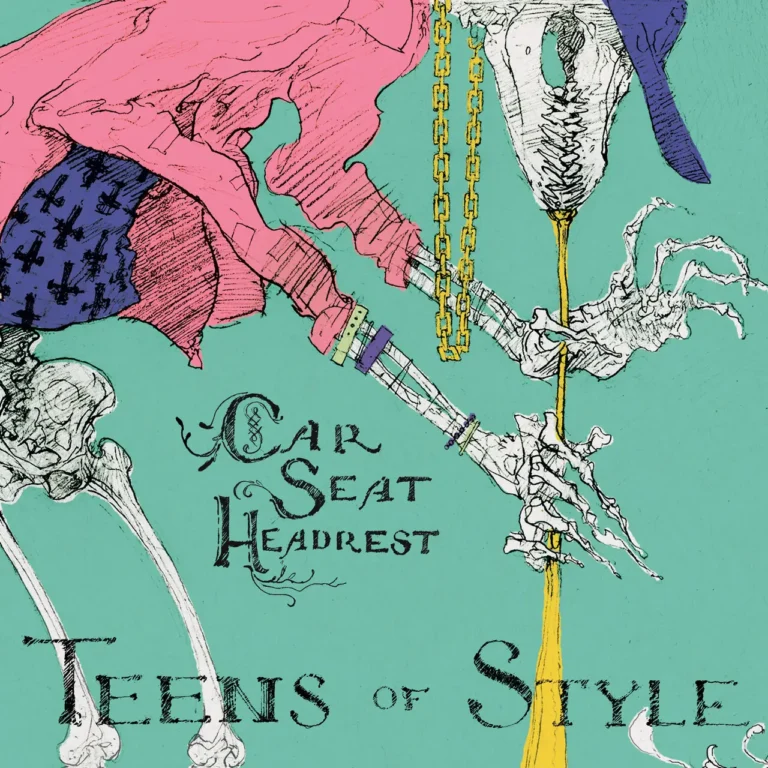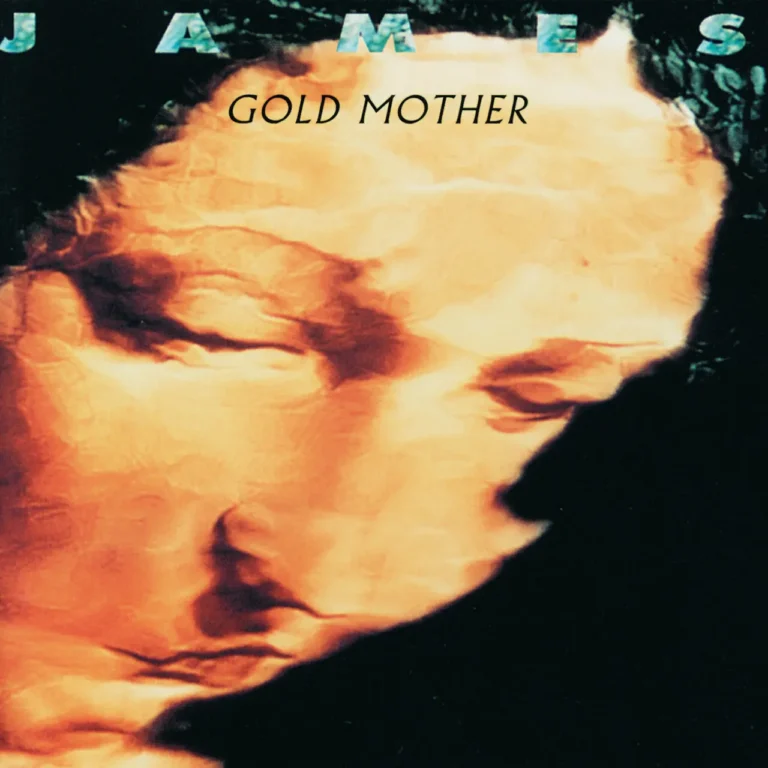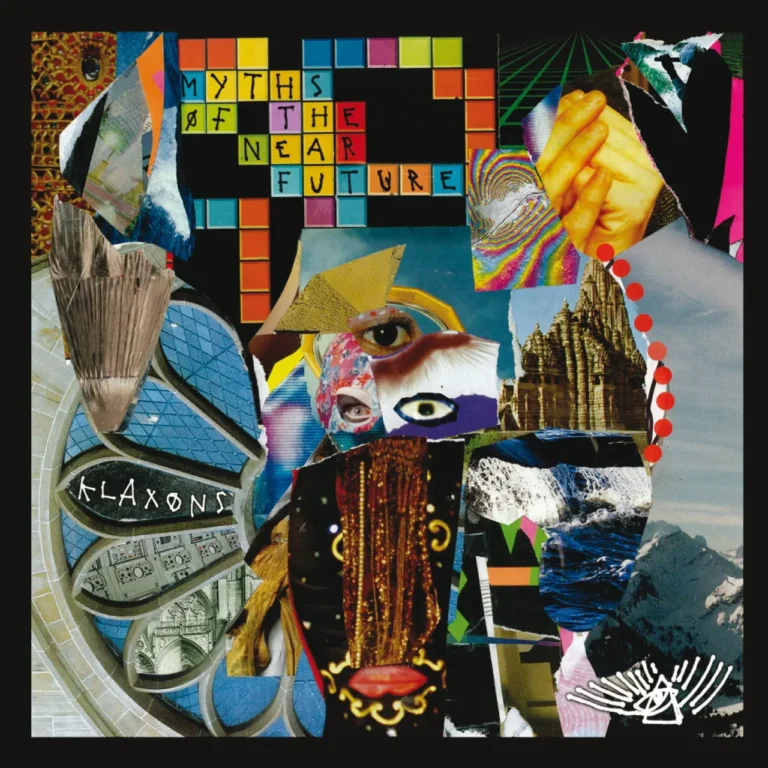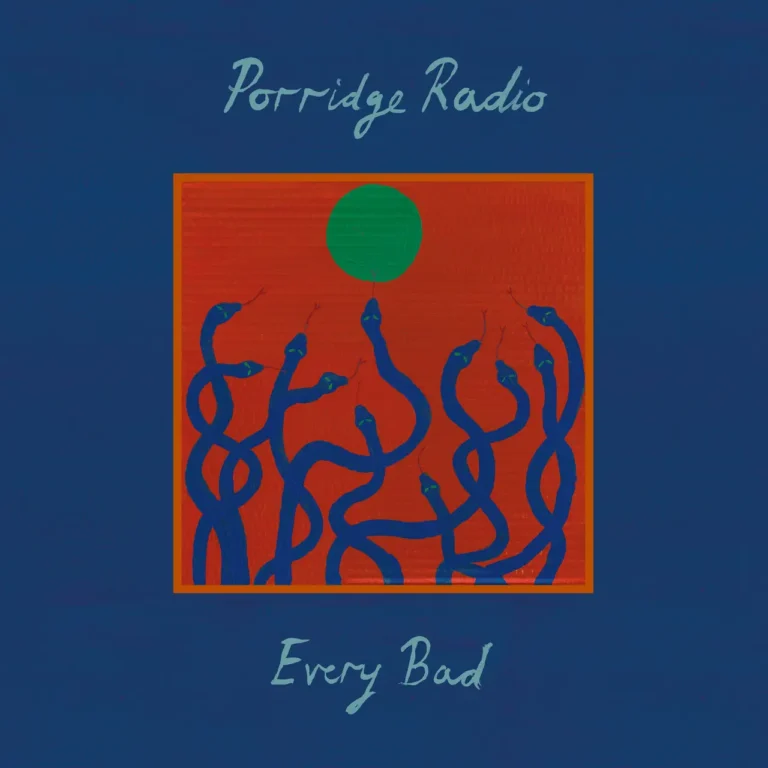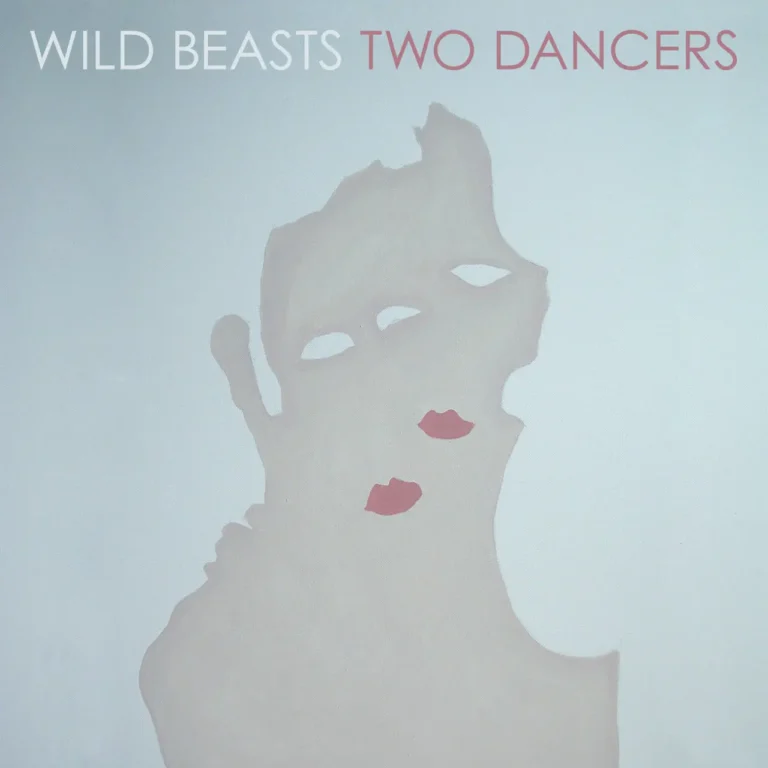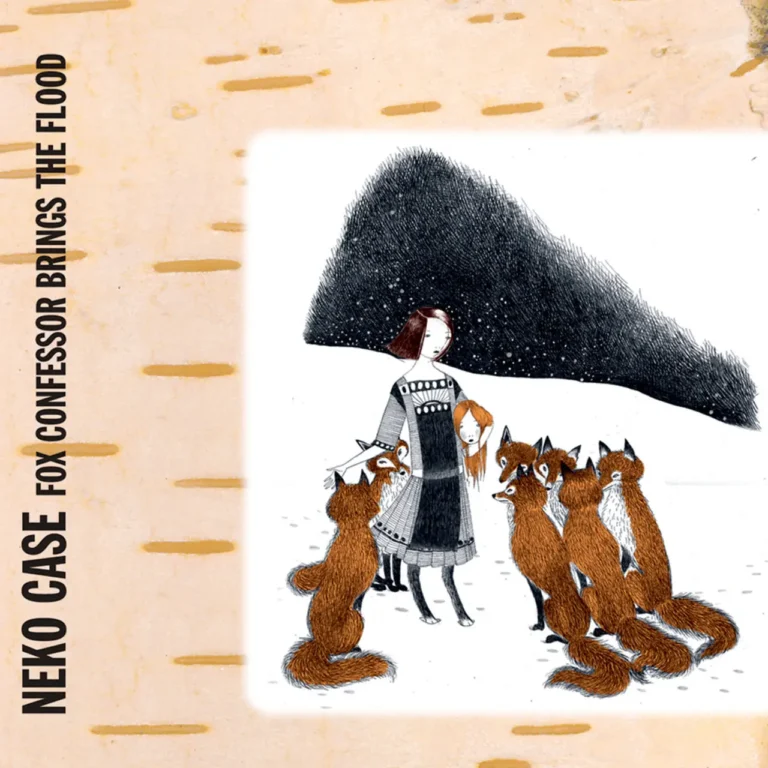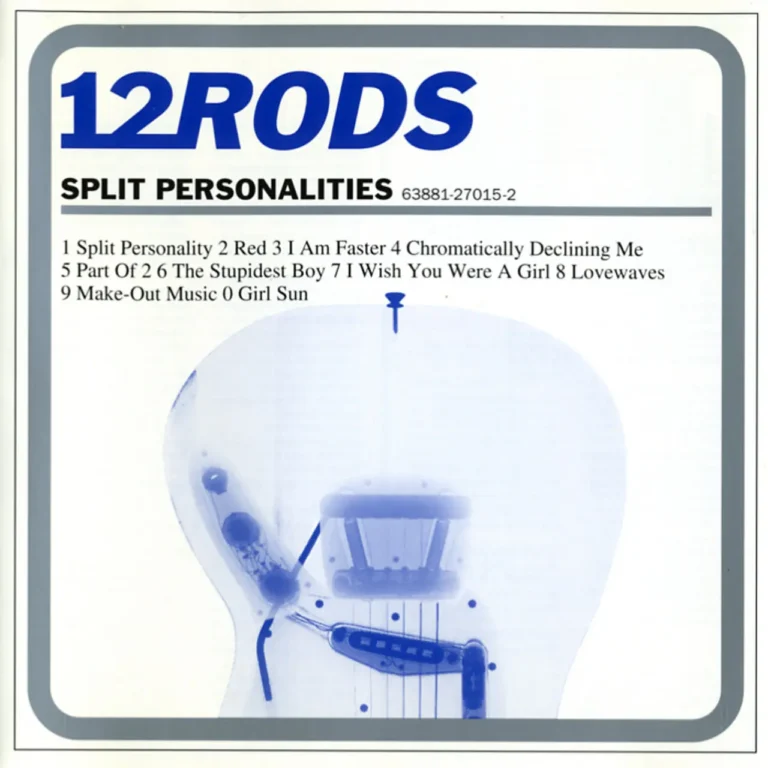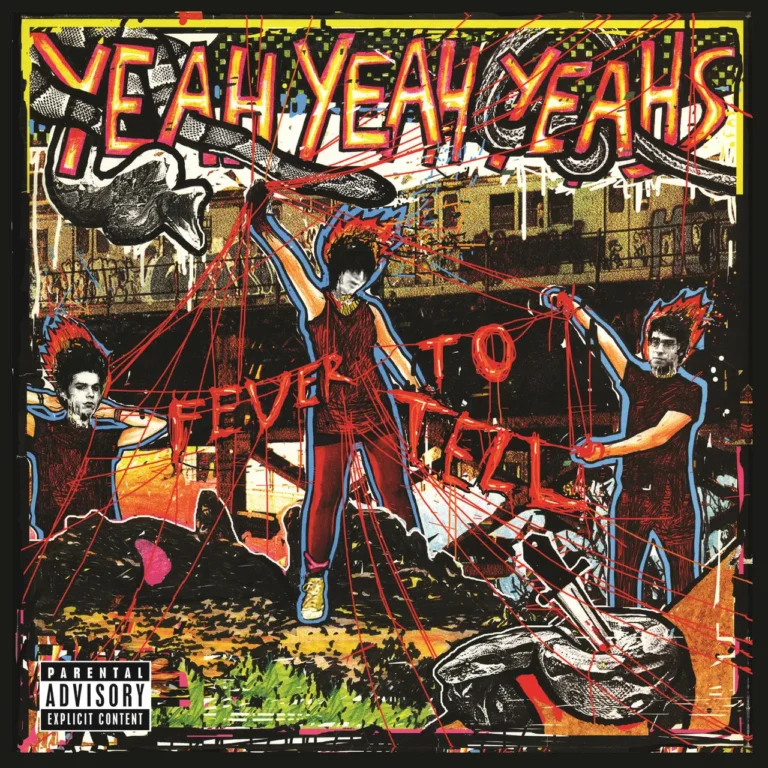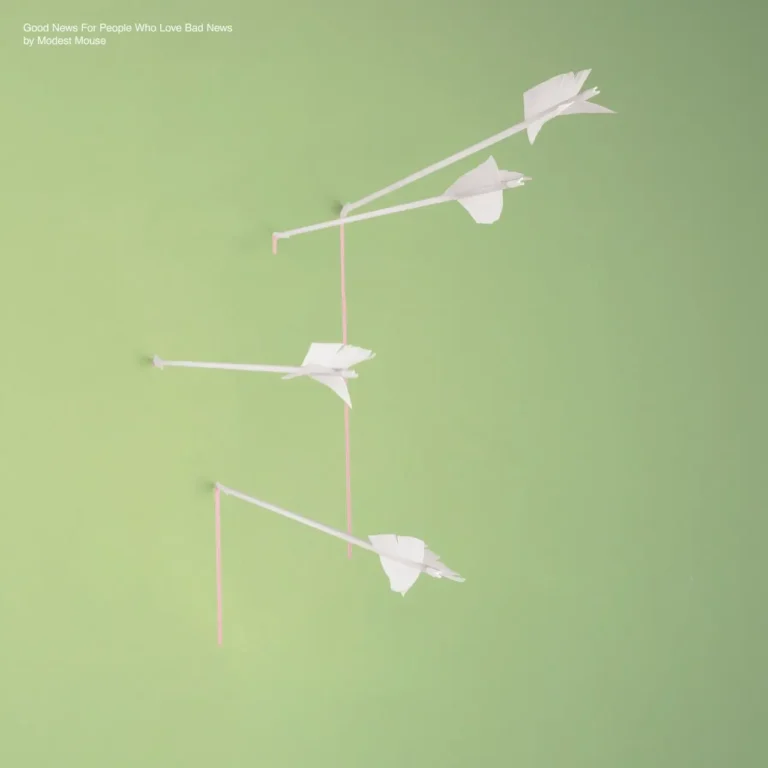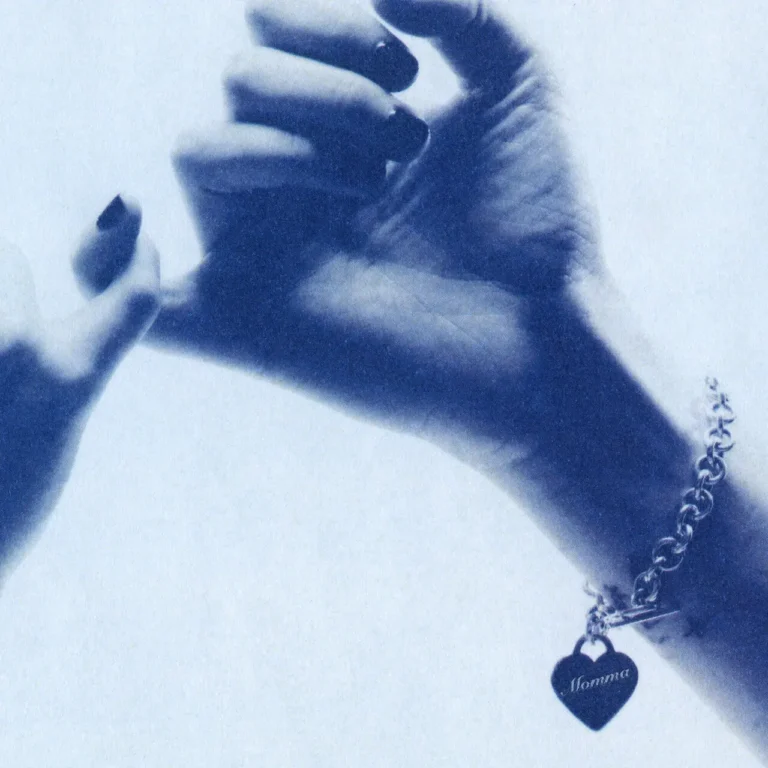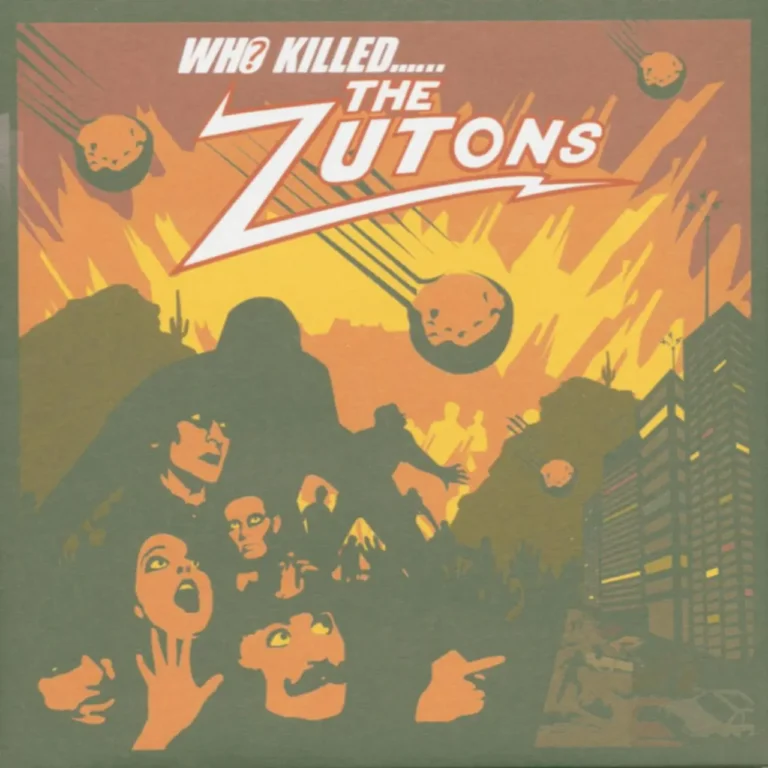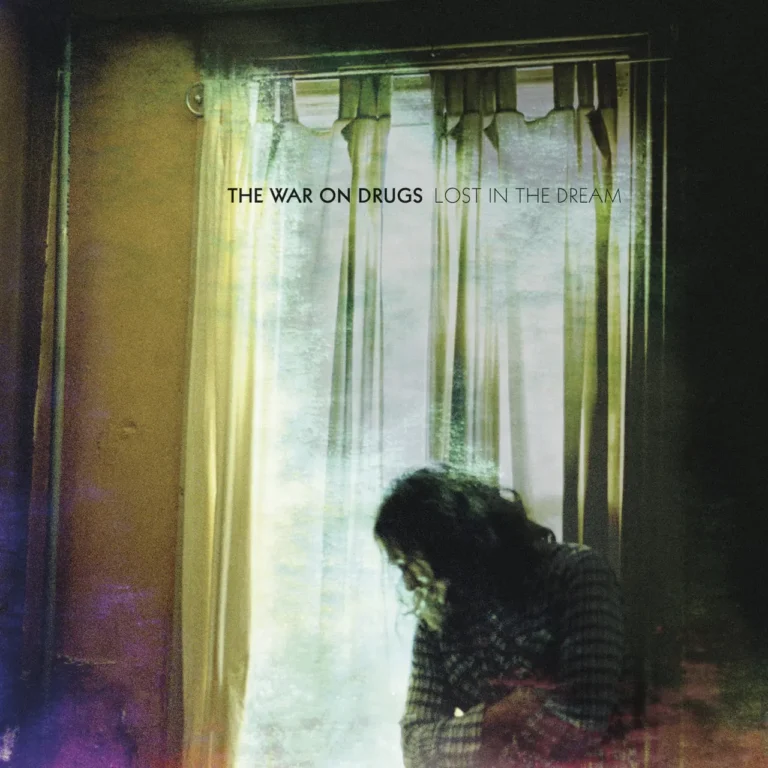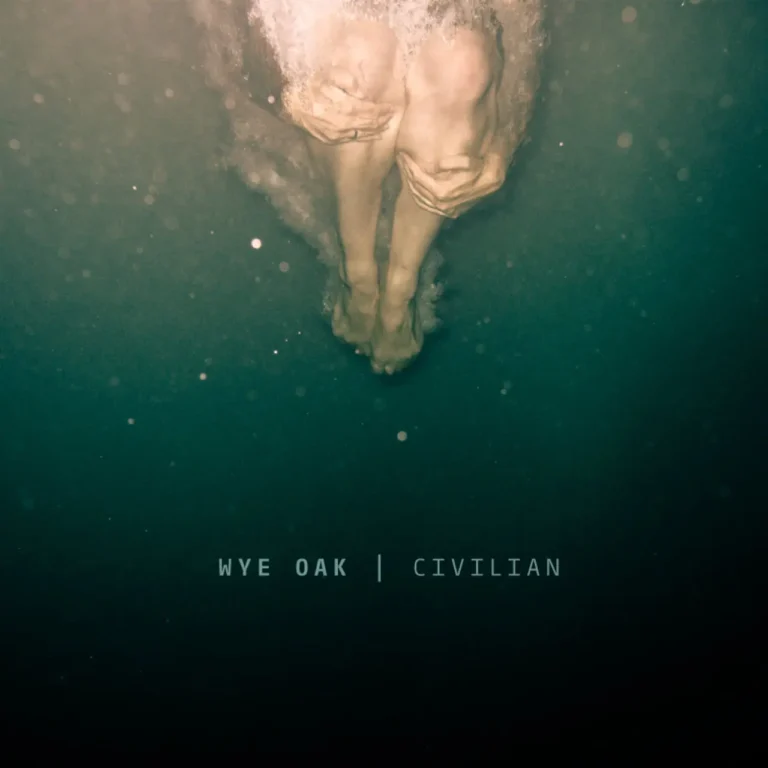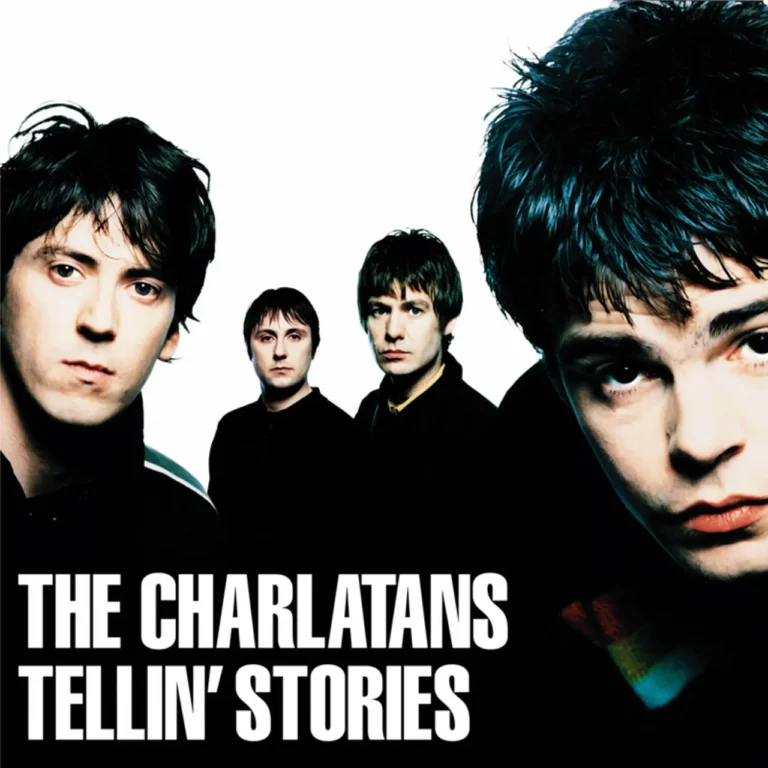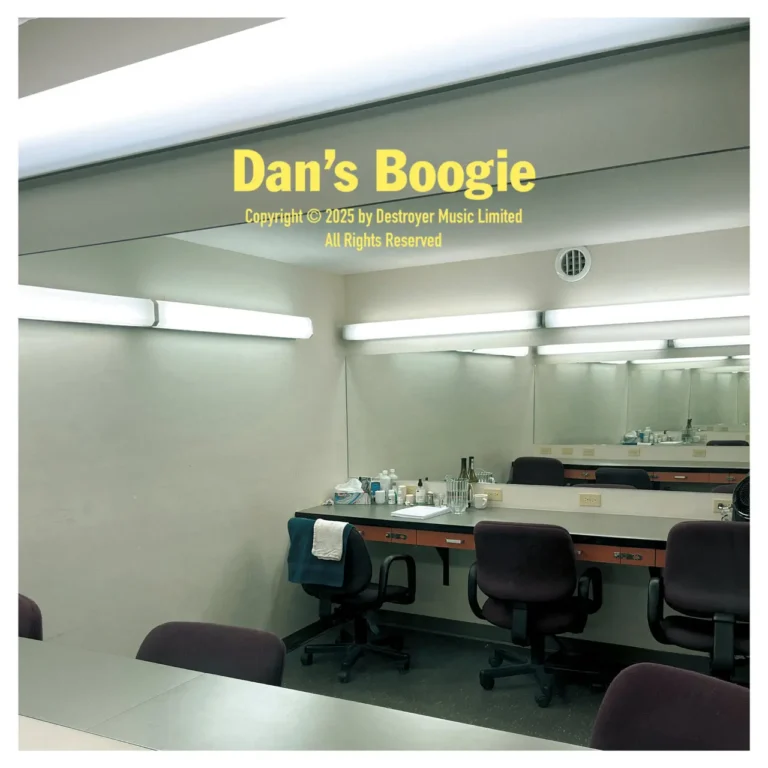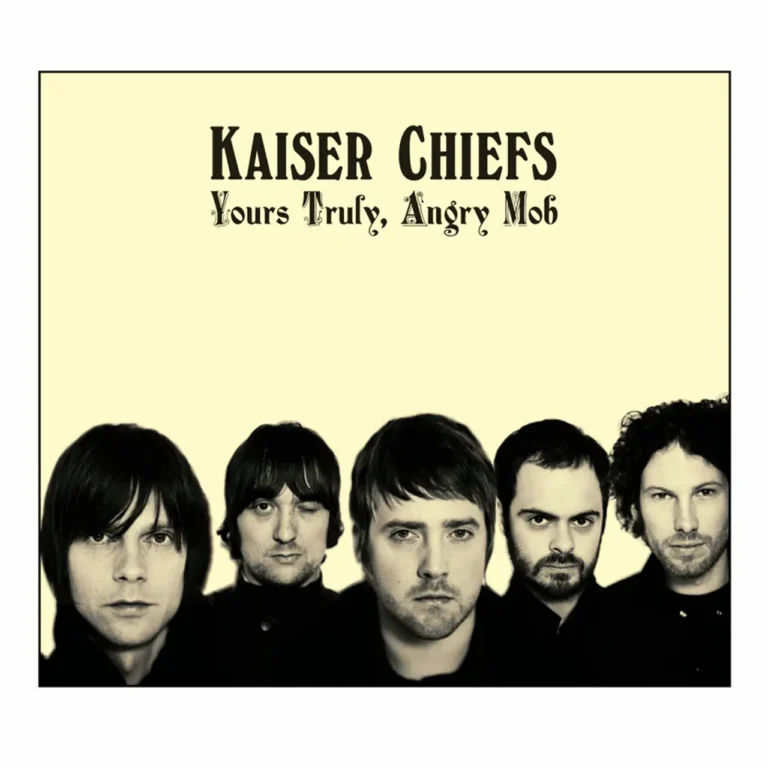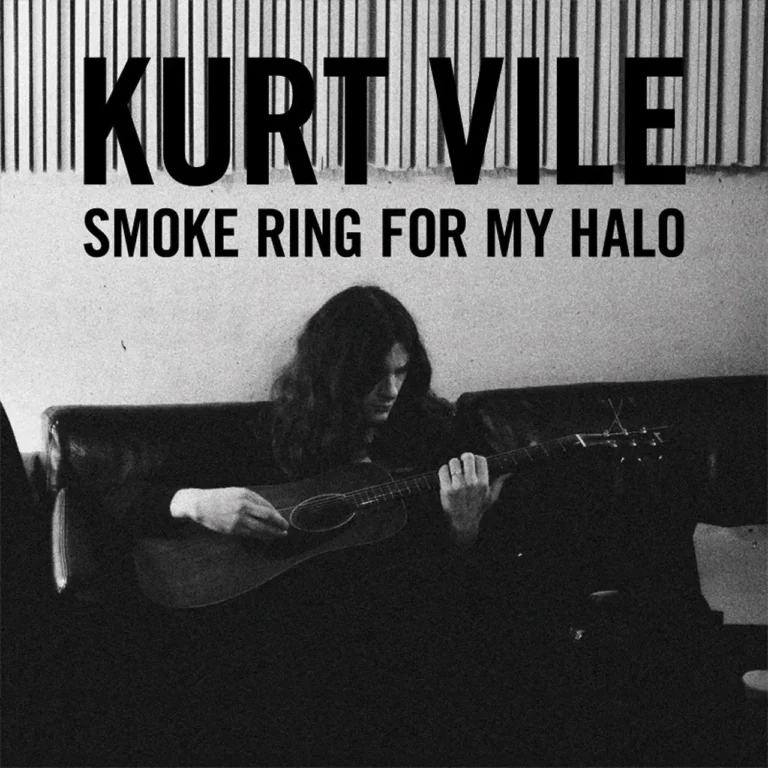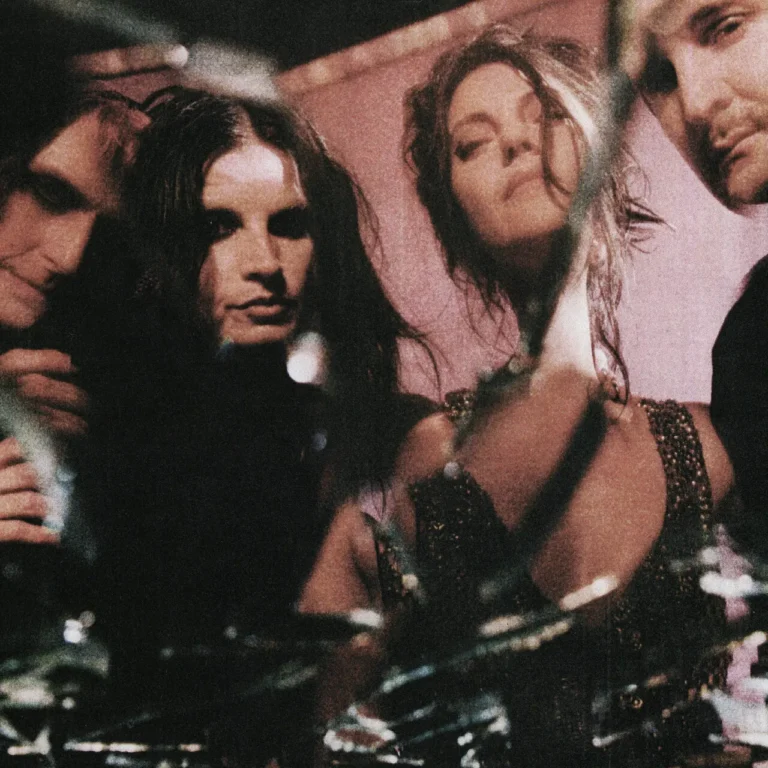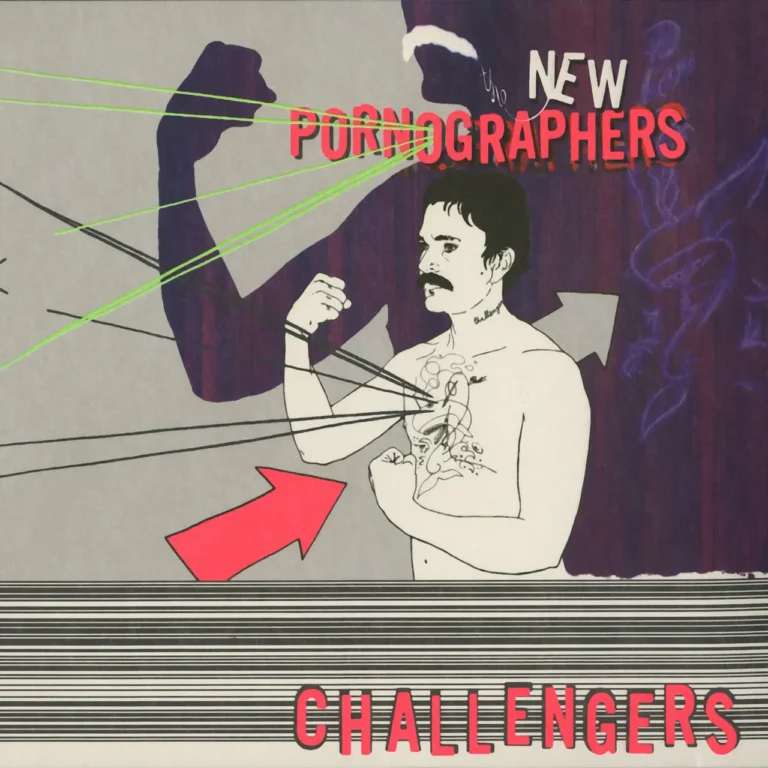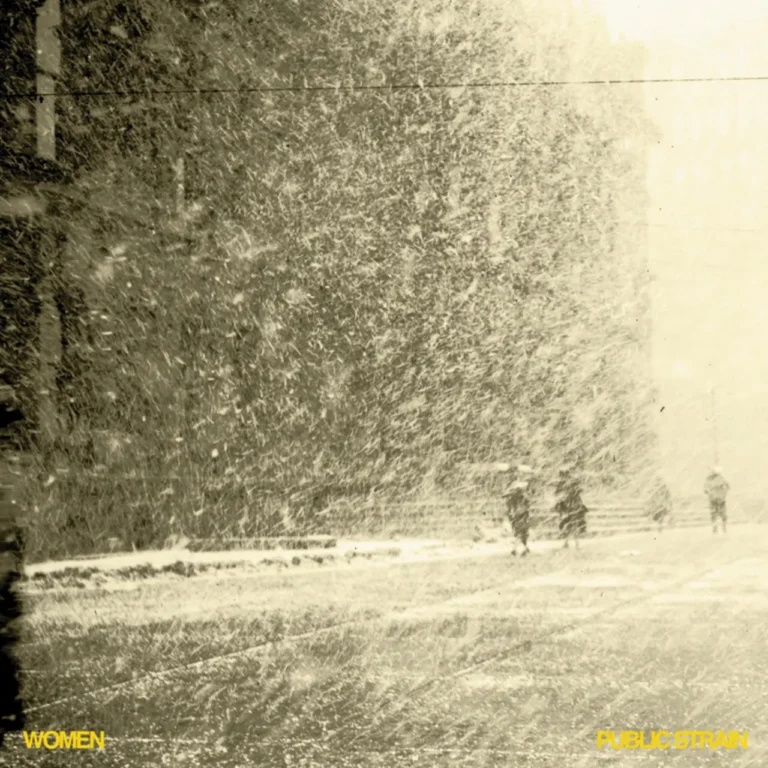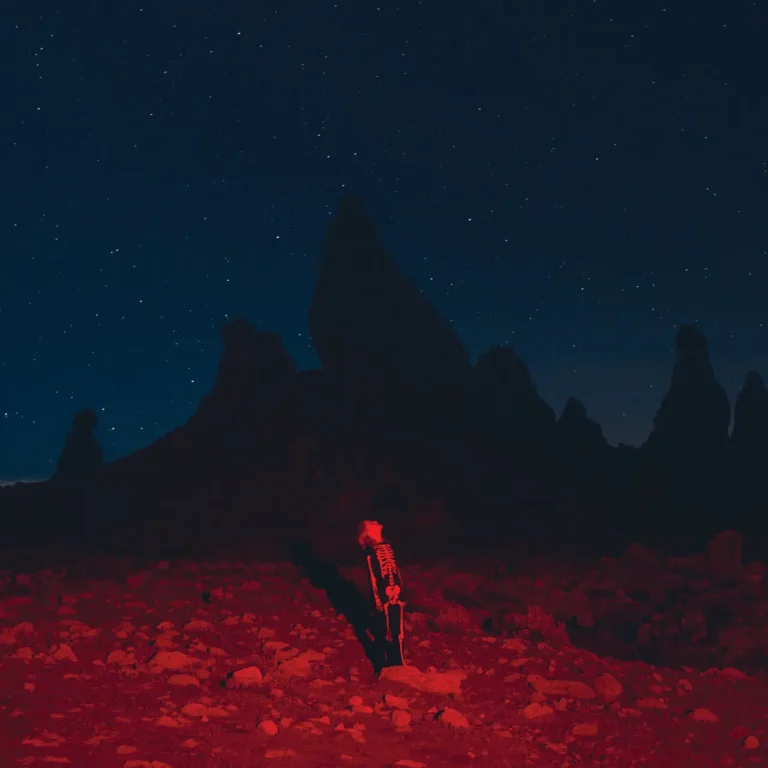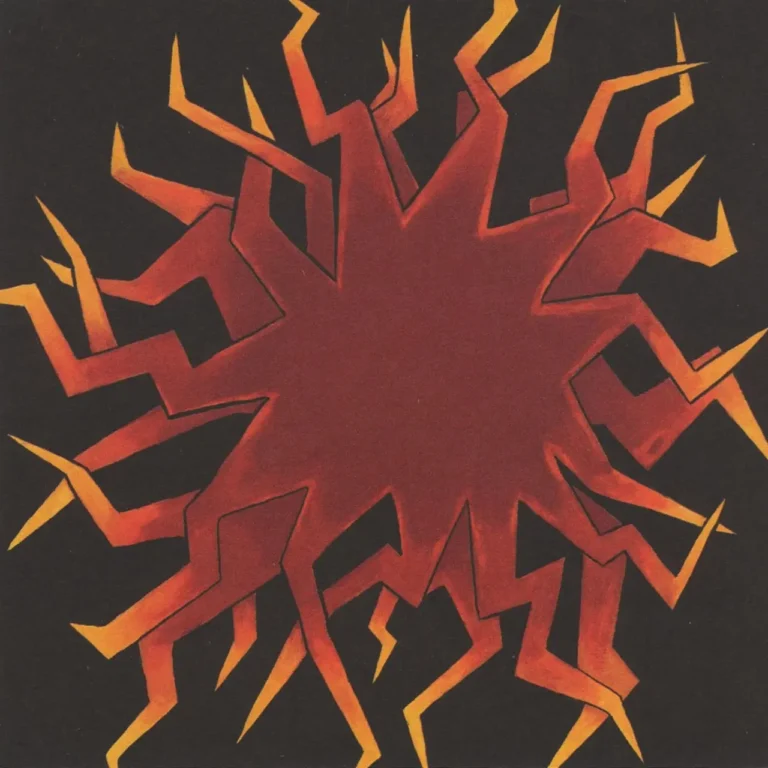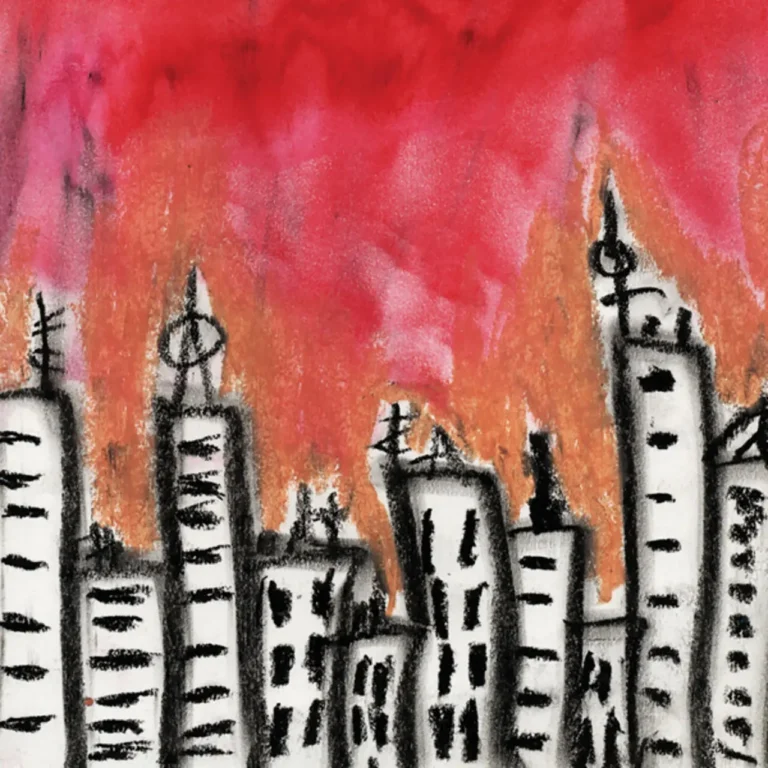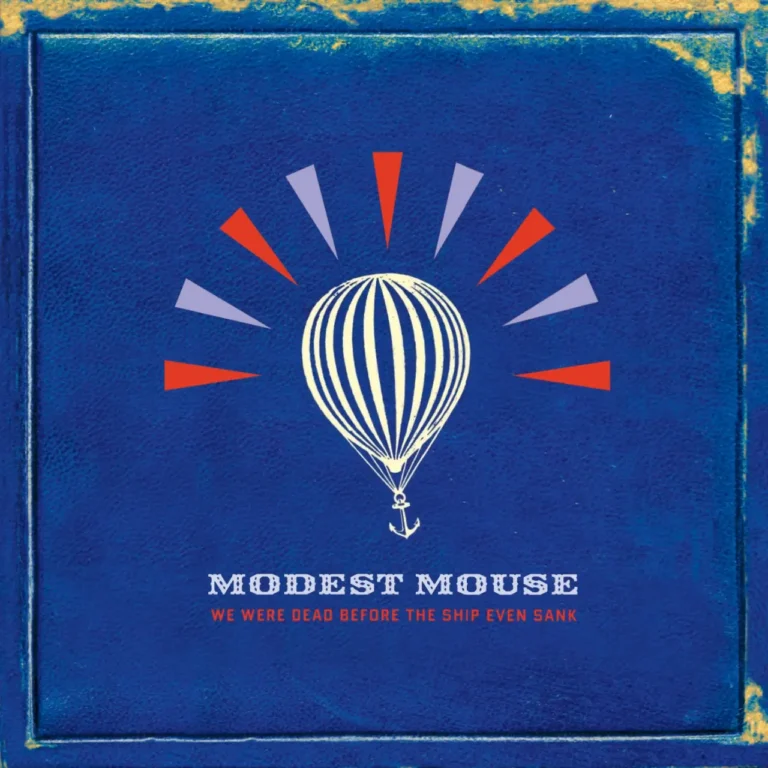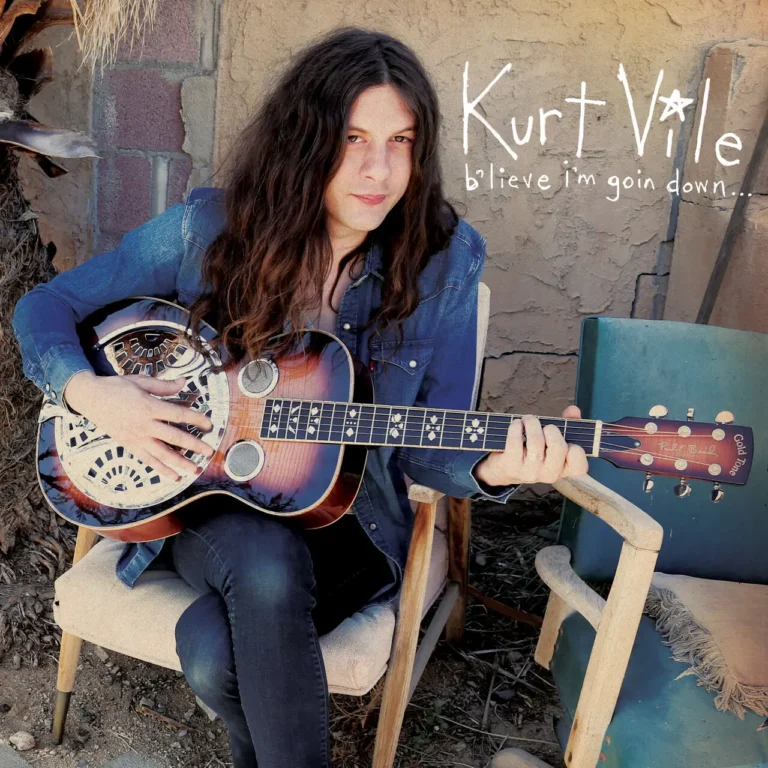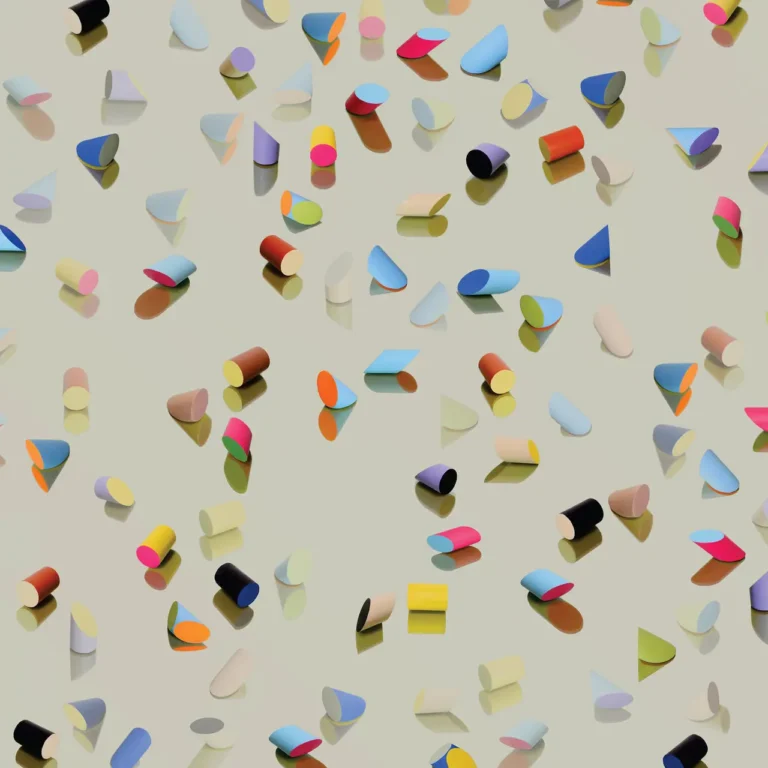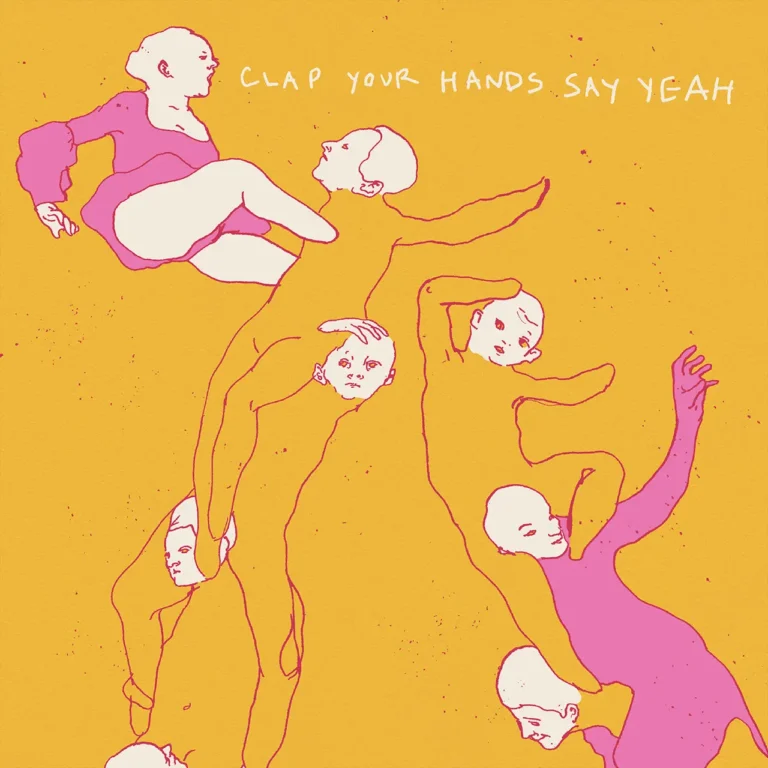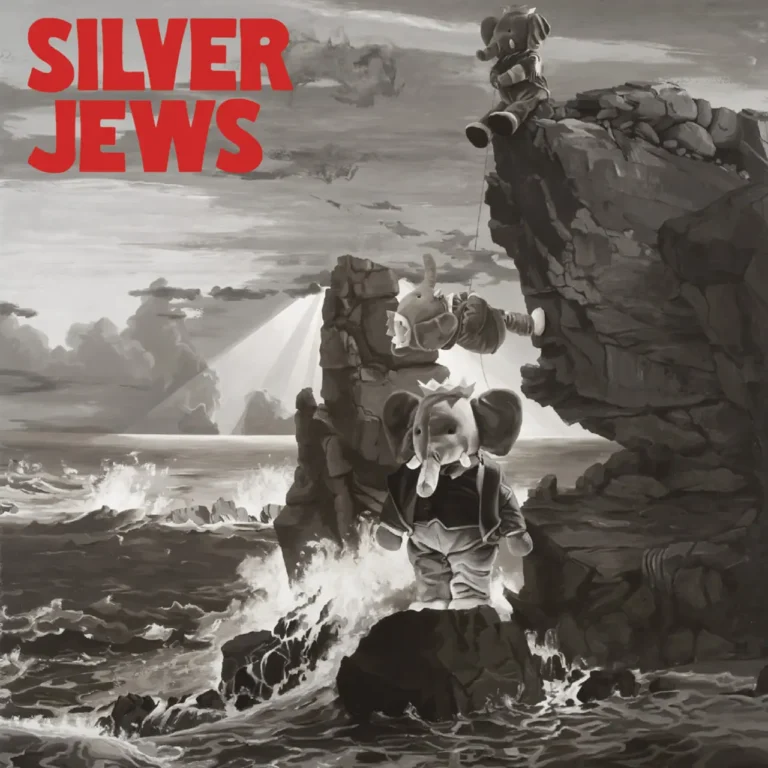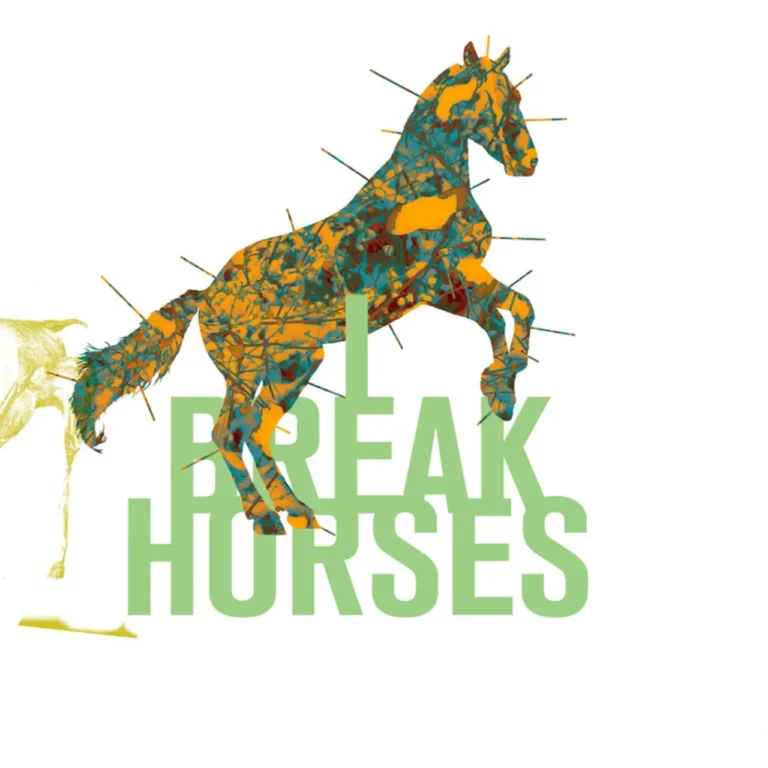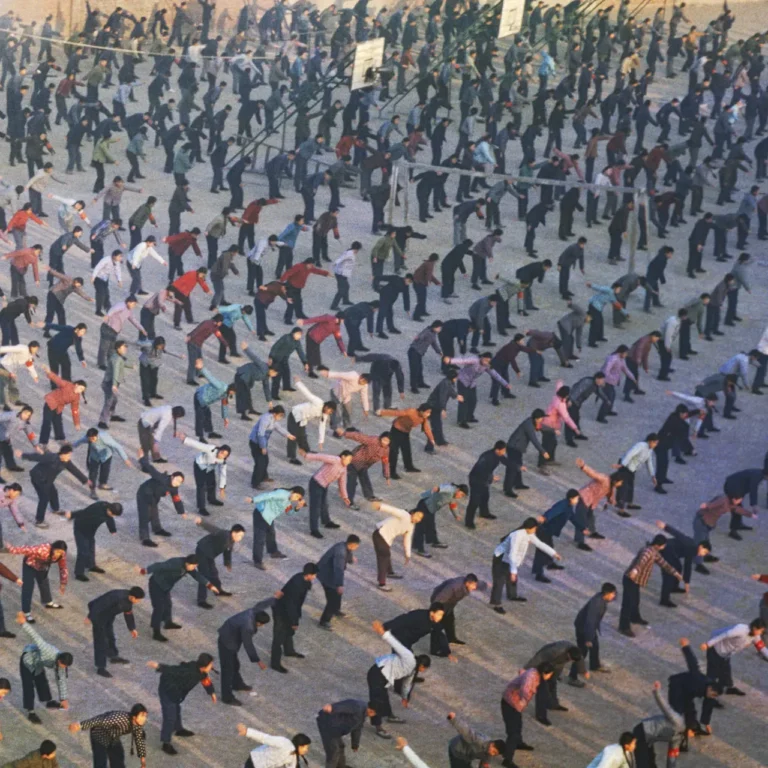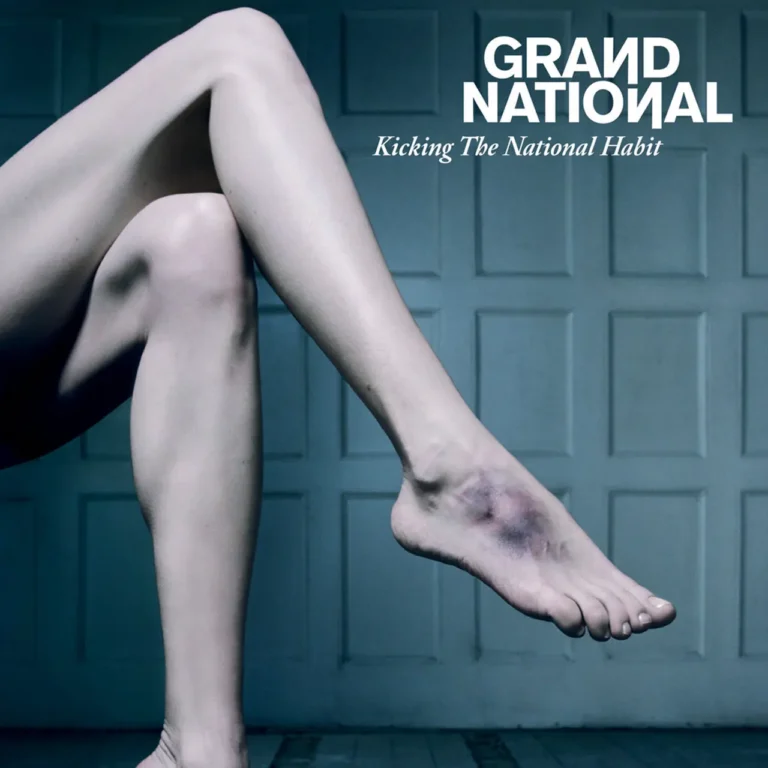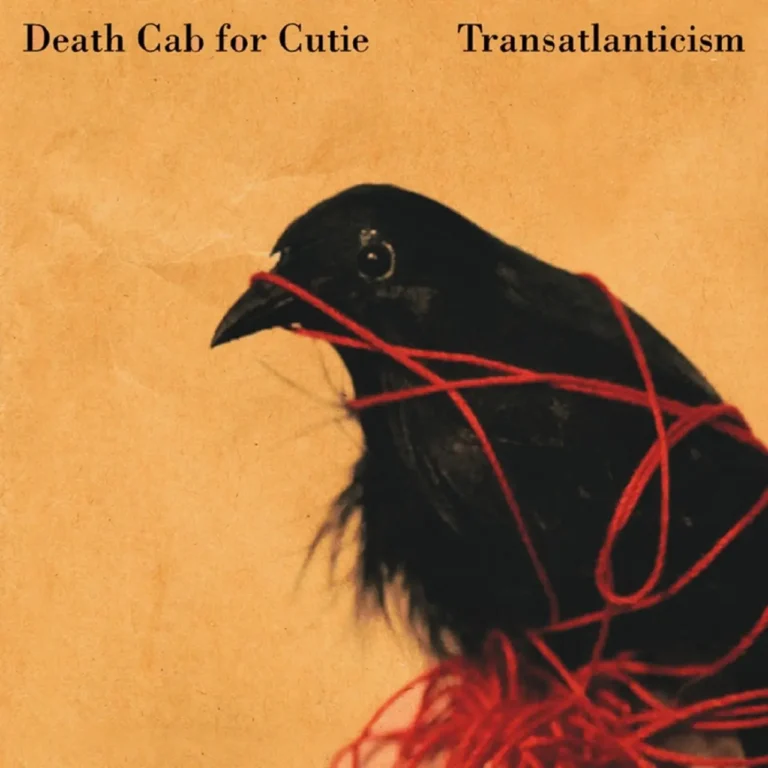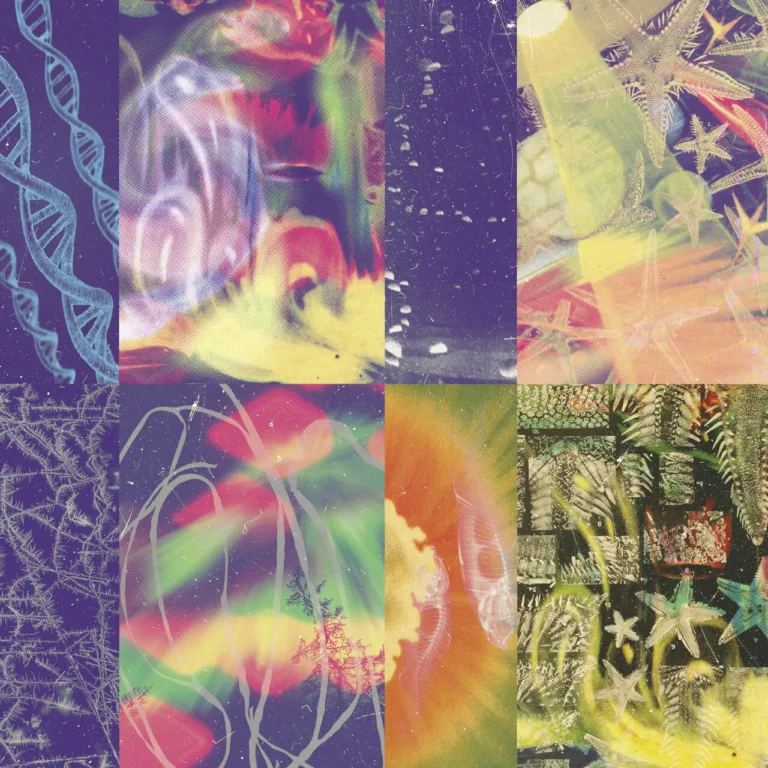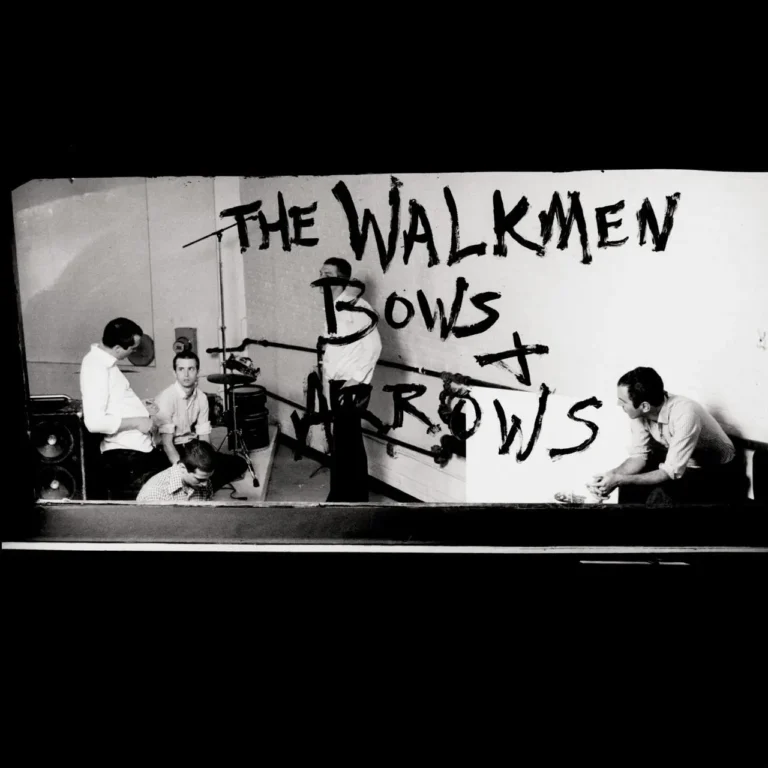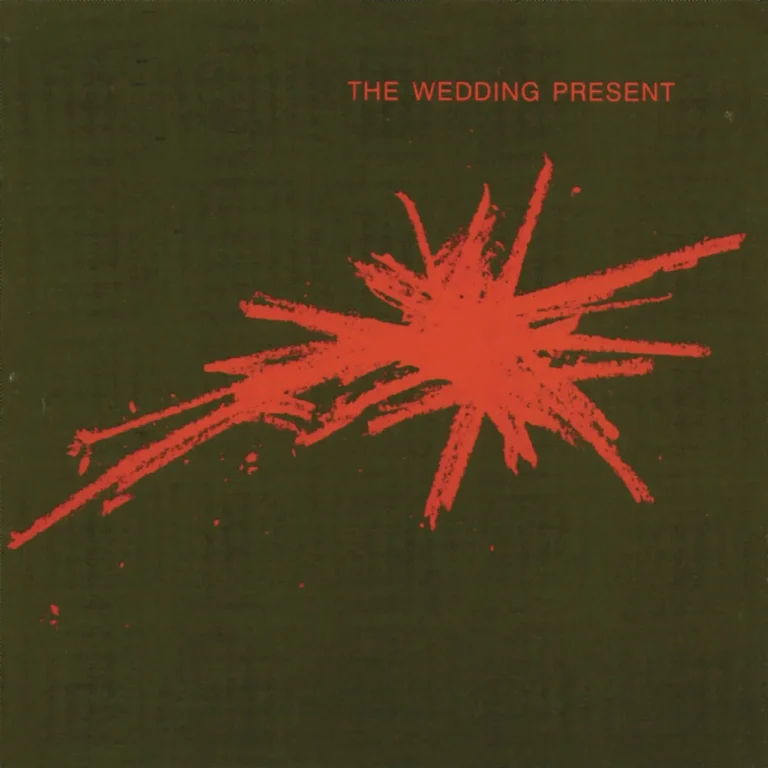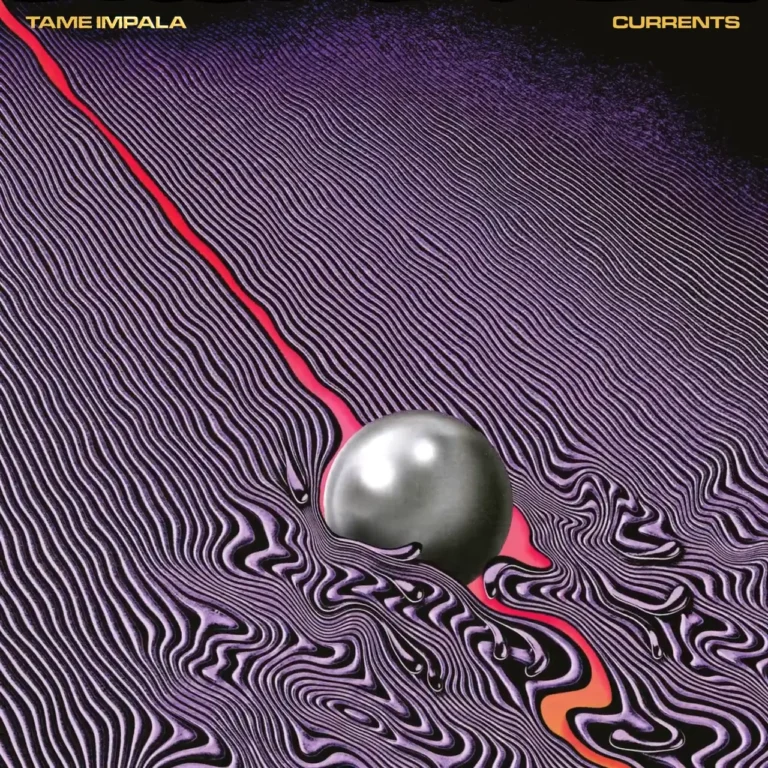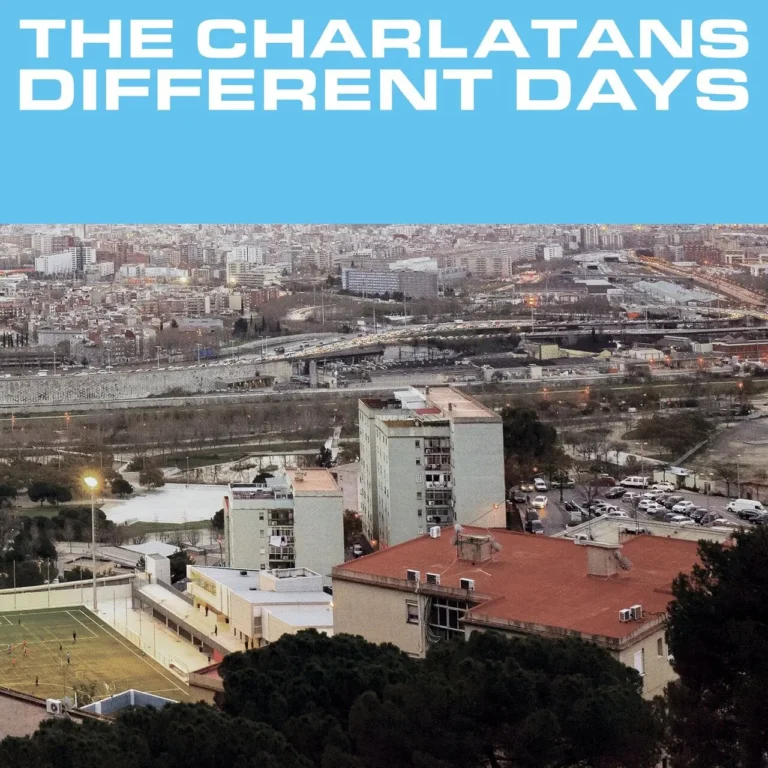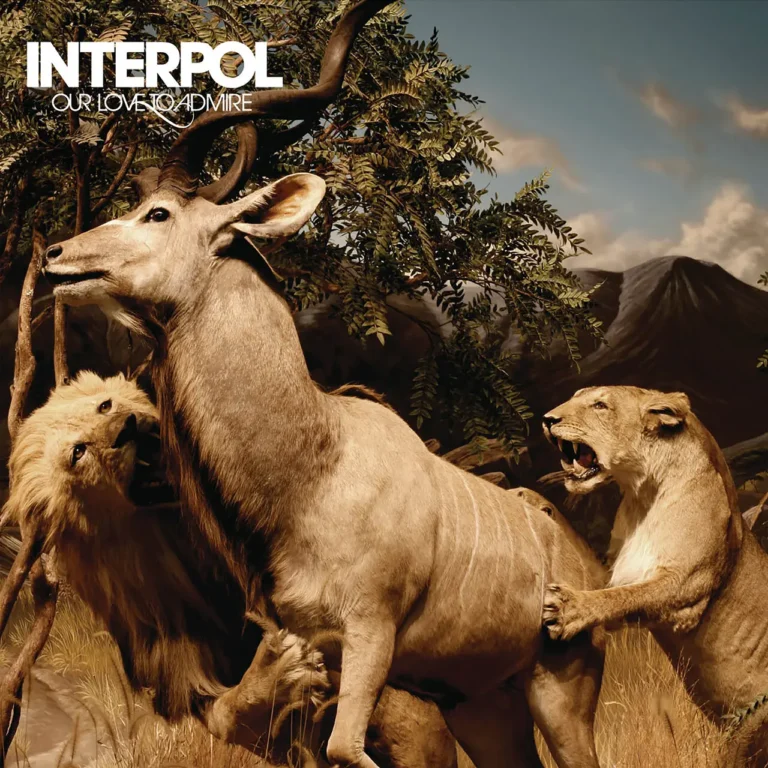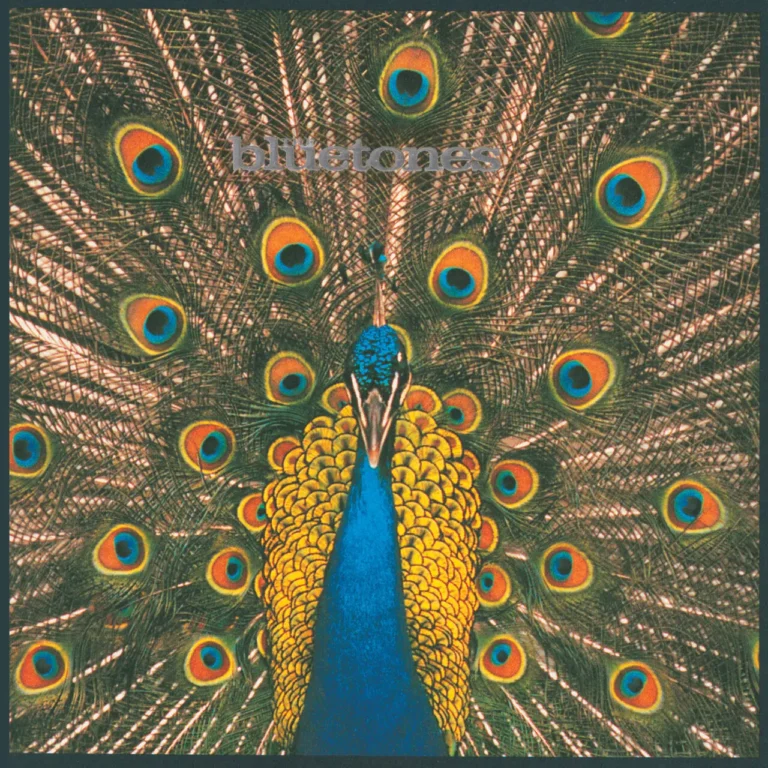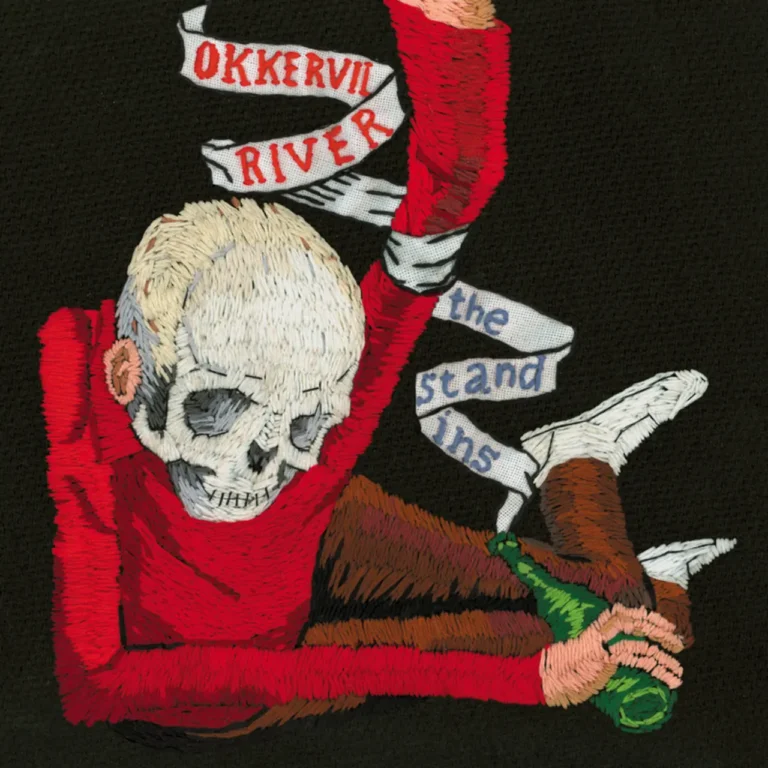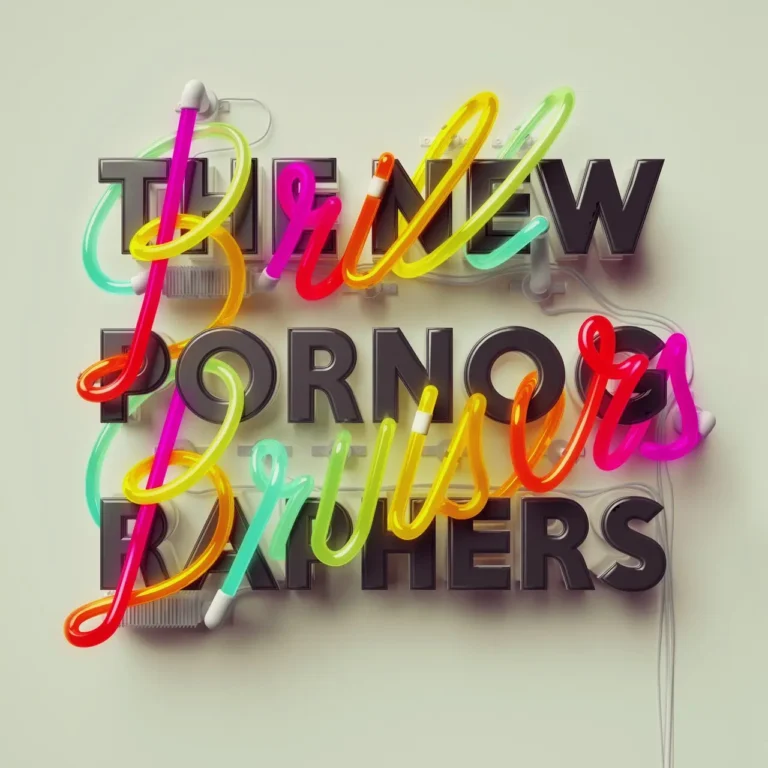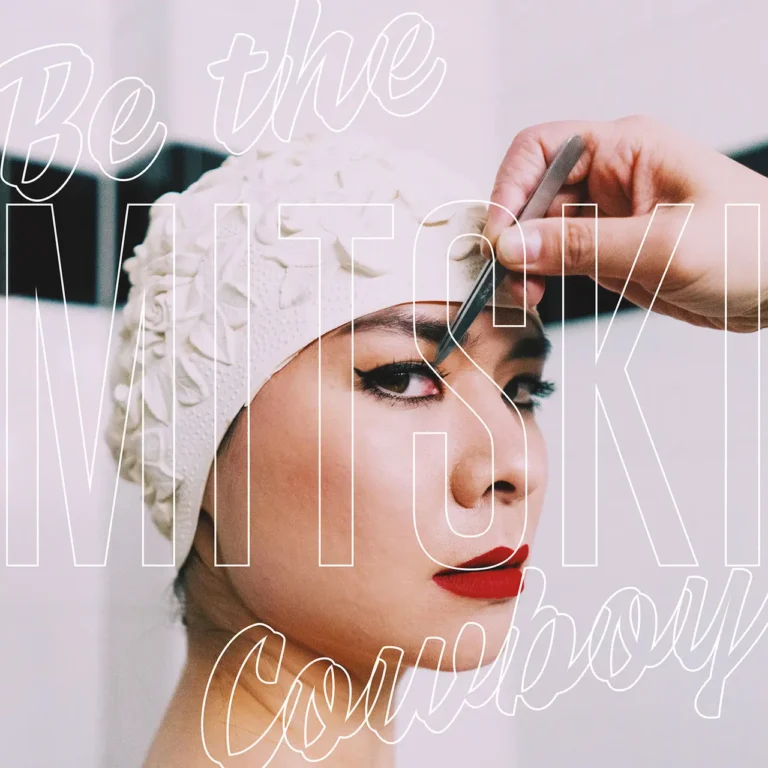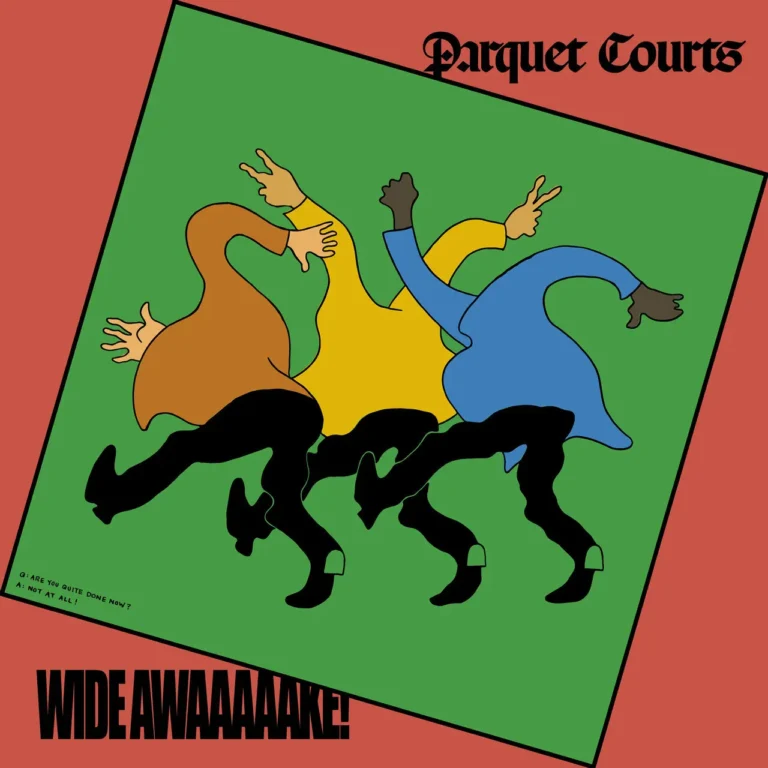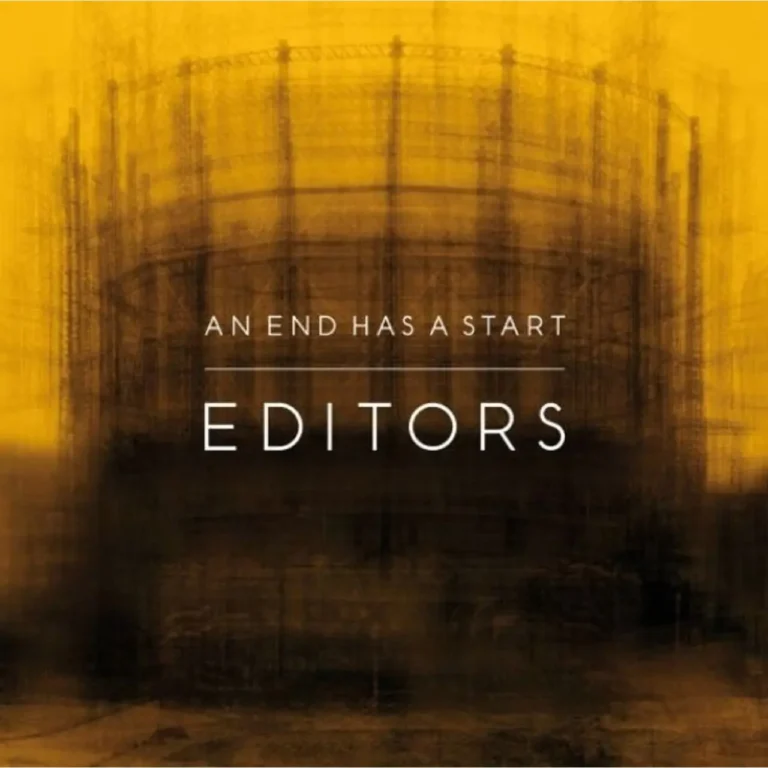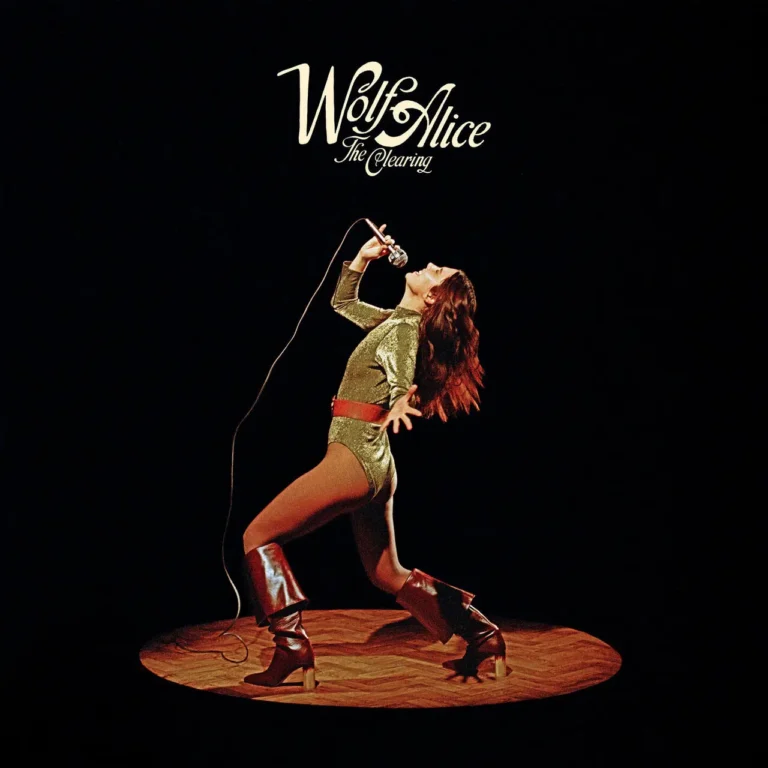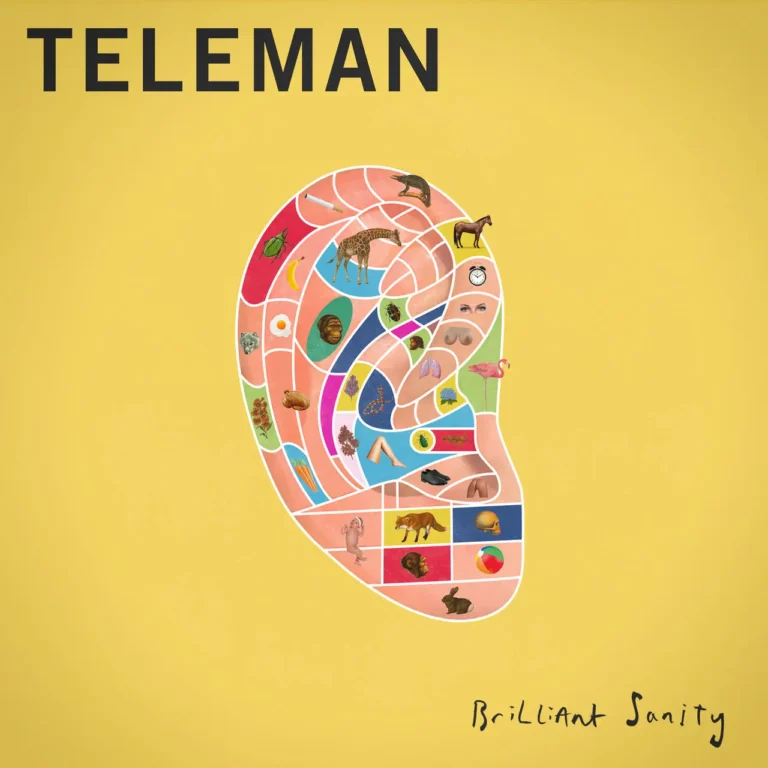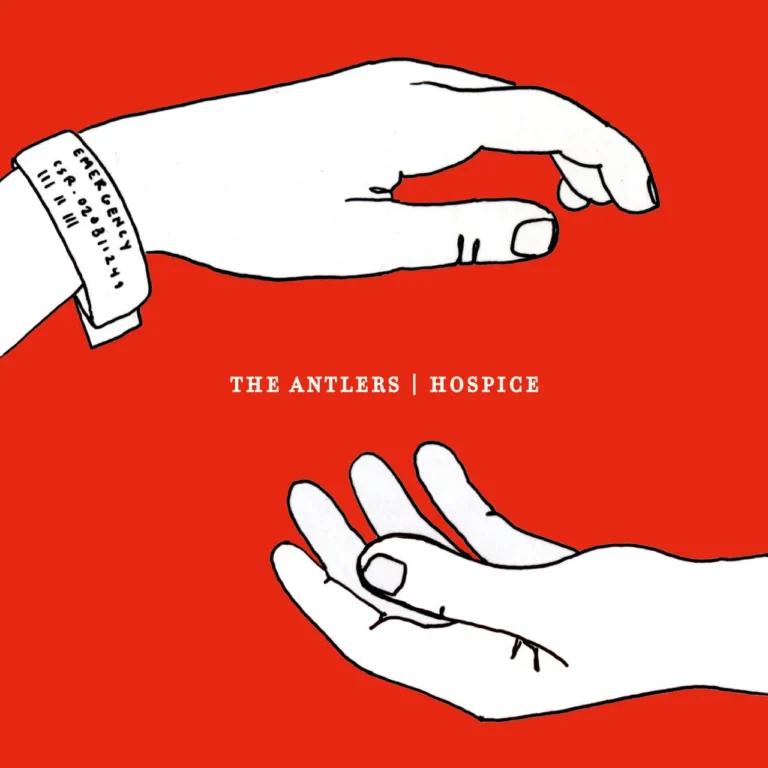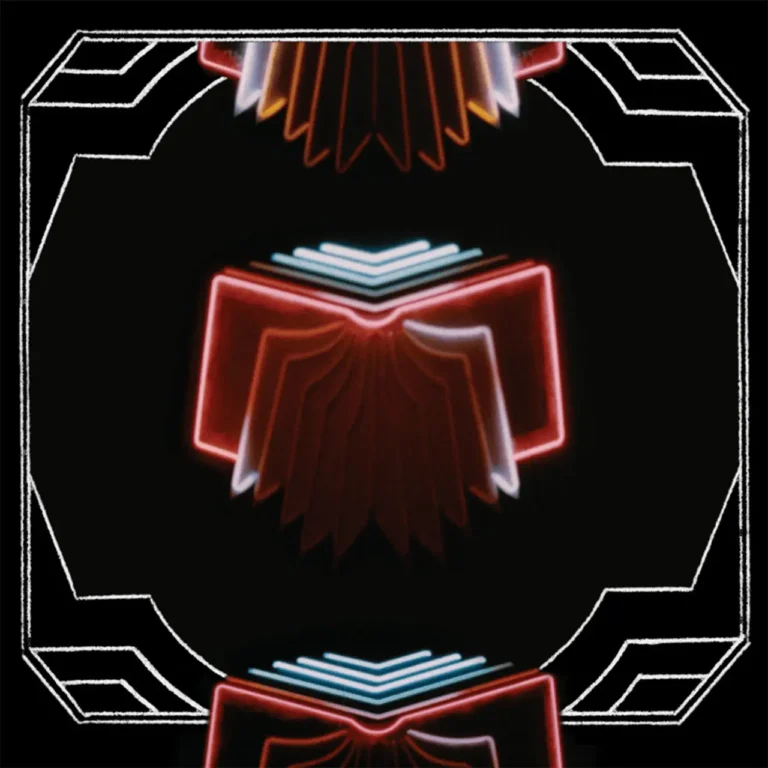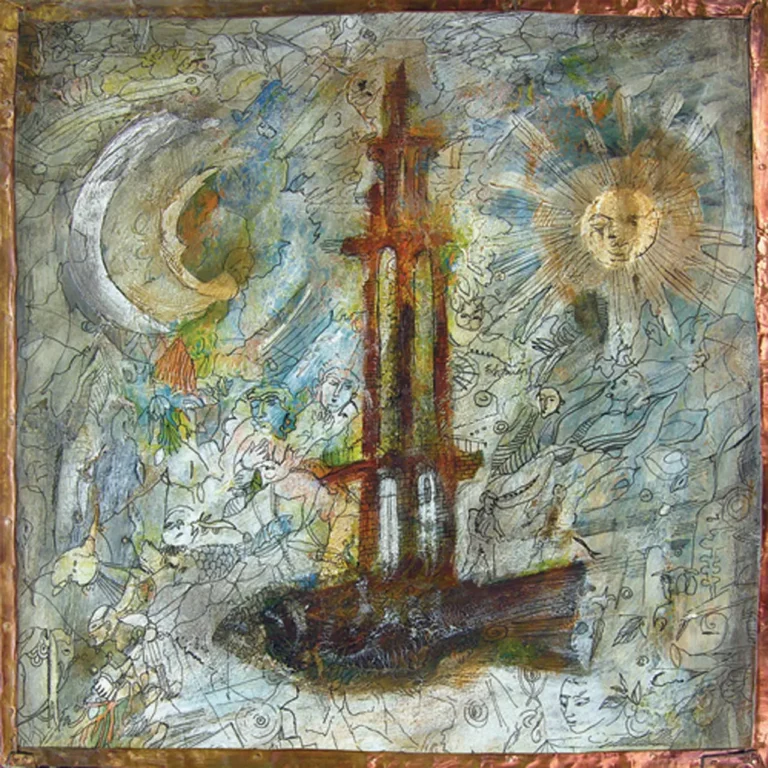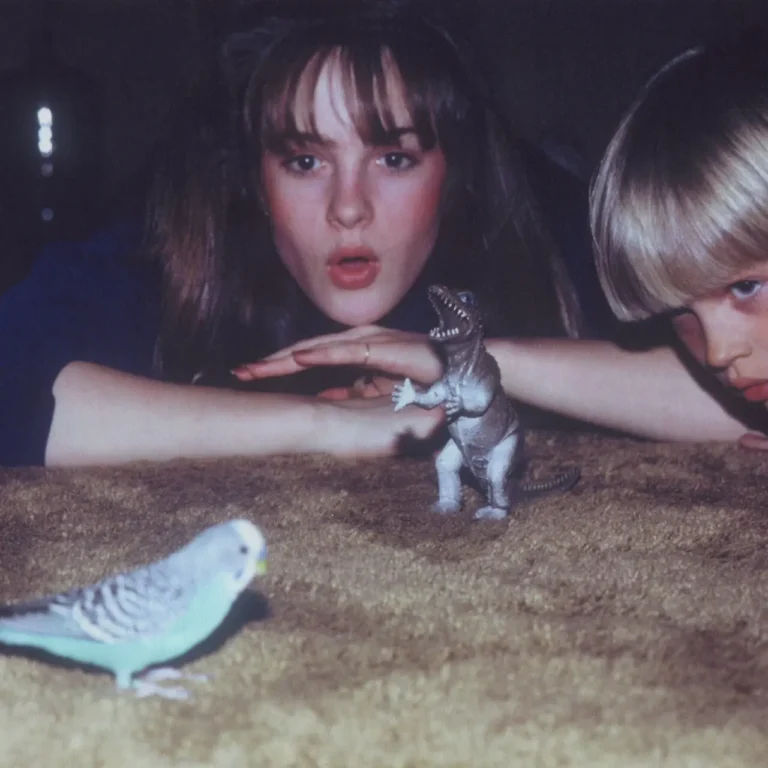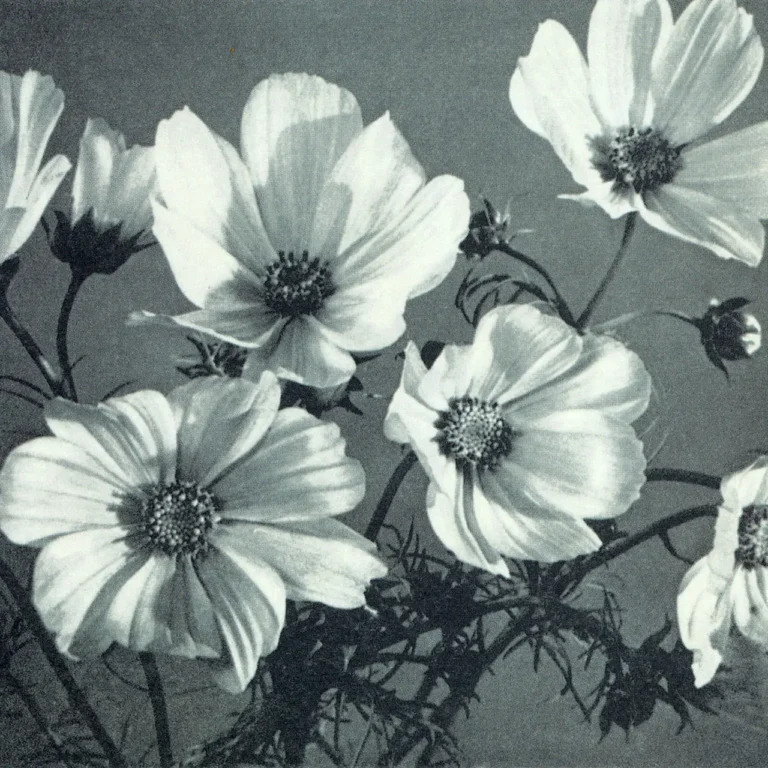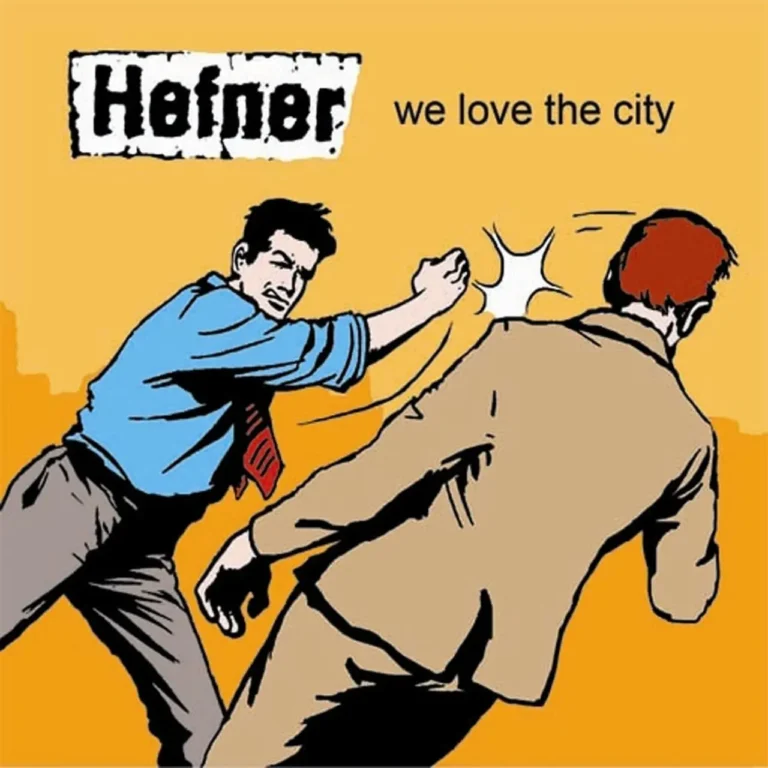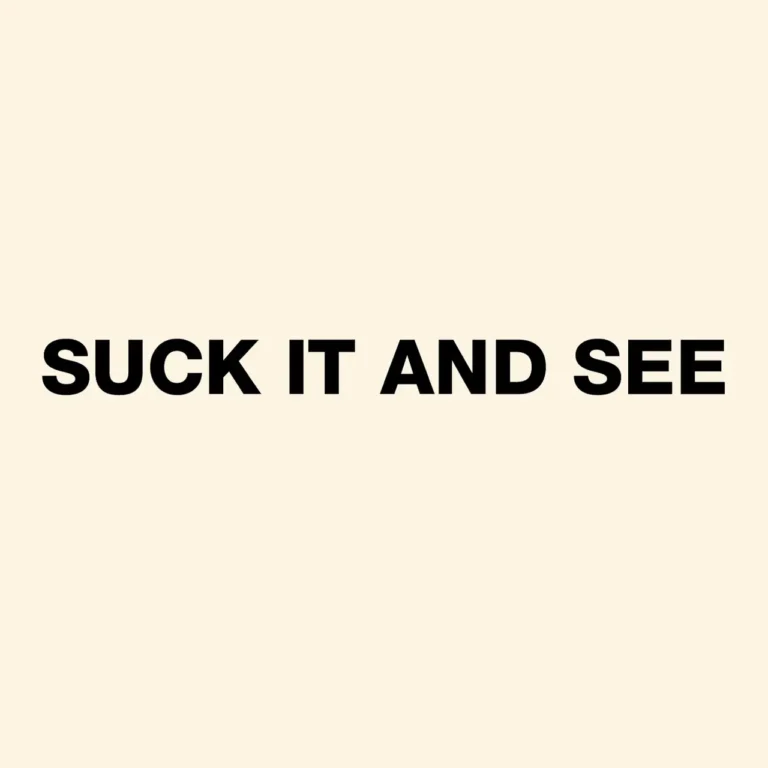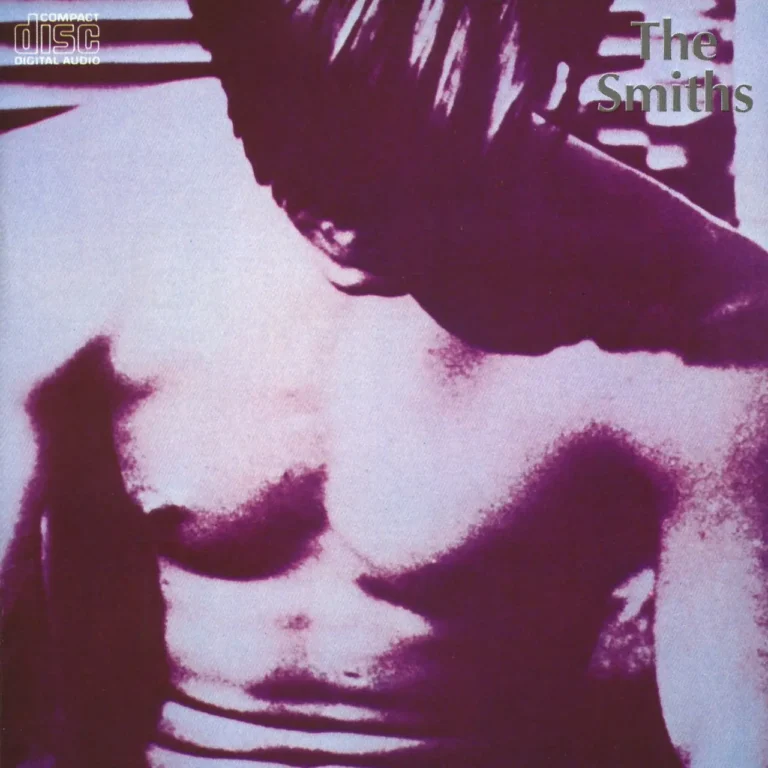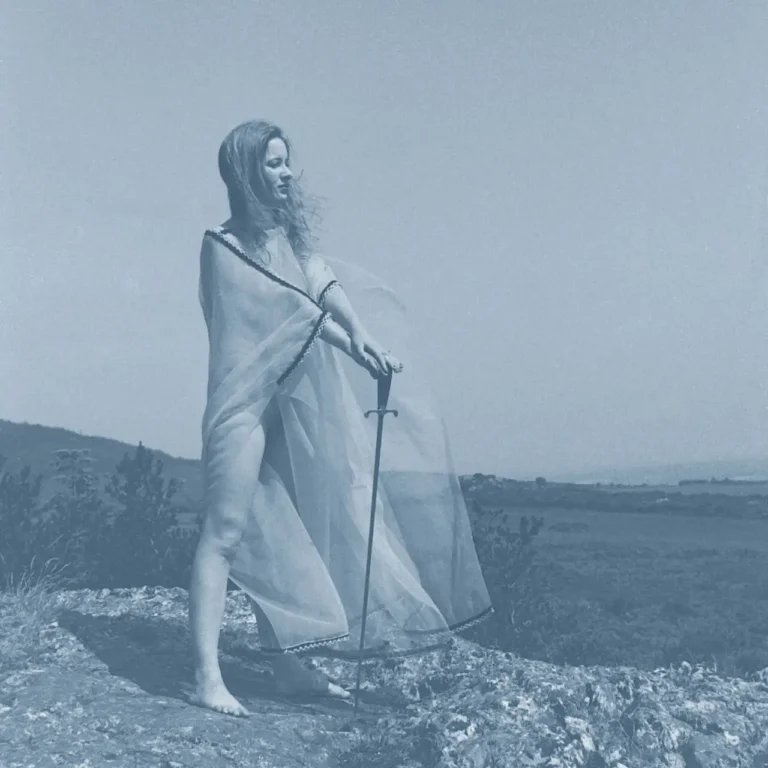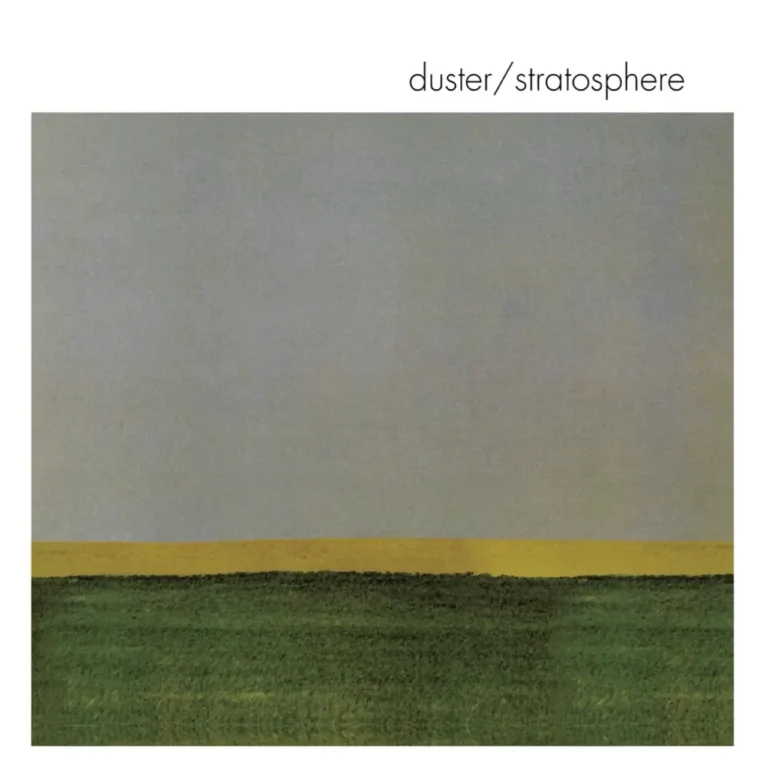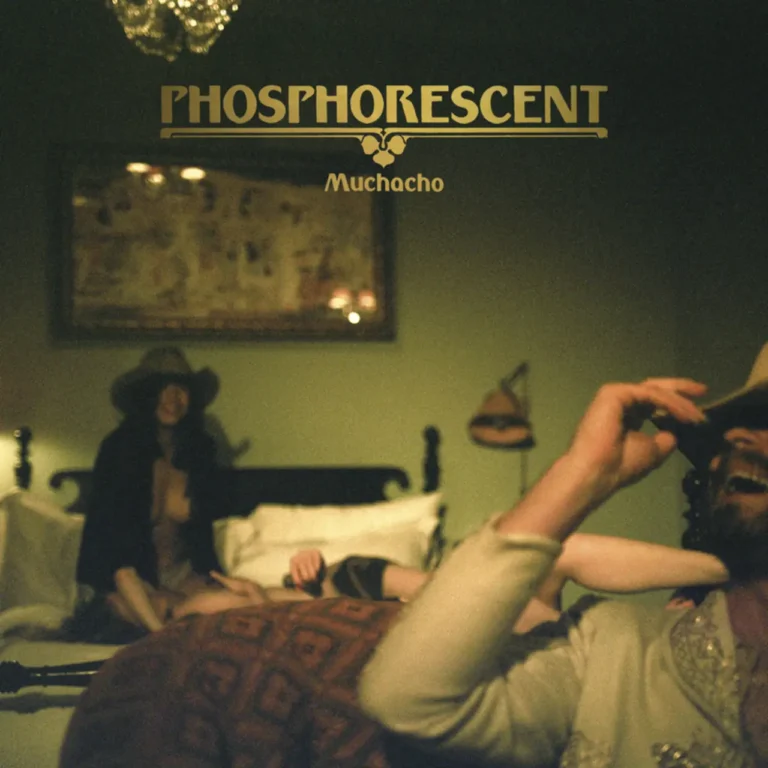Introduction to "Mary Boone"
"Mary Boone" is a track from Vampire Weekend’s 2024 album Only God Was Above Us. Named after the renowned New York art dealer, the song weaves references to her life and 1980s art scene into a larger meditation on ambition, fame, outsider status, and shifting cultural landscapes. The single stands out for its evocative lyrics, soulful production, and the layered symbolism central to Ezra Koenig’s songwriting.artnews+2
Musical Style and Arrangement
- The track is built on a rich Soul II Soul sample, grounding the song in warm nostalgia while swirling strings, echoing vocals, and unpredictable twists inject modern flair.stayfreeradioip
- Vampire Weekend’s arrangement blends indie alternative pop with sonic experimentation; the result is a haze-filled, dreamlike atmosphere reminiscent of New York’s bygone art world.stayfreeradioip
- Koenig’s vocal delivery is subtly off-kilter, moving between reverent and restless, complementing the song’s themes of both longing and skepticism.stayfreeradioip
- The chorus lingers with hypnotic repetition, using the name “Mary Boone” as both mantra and incantation.
- The bridge introduces references to global spiritual symbols—Russian icons, sand mandalas, whirling dervishes—deepening the song’s search for meaning beyond materialism.stayfreeradioip
Lyrical Themes and Meaning
- Mary Boone functions less as a biographical subject, more as a symbol for ambition, glamorous excess, and a touch of disillusionment within 1980s New York.dadadamusic+2
- The speaker presents himself as an ambitious outsider “from Jersey, not Brooklyn,” obsessively orbiting Boone’s world but unable to belong.stayfreeradioip
- Lyrics explore longing for connection (“I hope you feel like loving someone soon”) and the hollow pursuit of material success (“the money’s not the same”).artnews+1
- The chorus’s “dark side of your room” hints at proximity and discomfort, a desire to enter the glamorous world and be accepted by tastemakers.filthydreams+1
- The bridge’s kaleidoscope of spiritual and artistic references reflects the search for deeper meaning, wishing to offer a “masterpiece” in hope of validation by Boone and her milieu.stayfreeradioip
Emotional and Artistic Impact
- The song uses Boone—and the vanished SoHo gallery scene—as a lens for generational nostalgia, disappointment, and restlessness.artnews+1
- Koenig’s approach is both affectionate and critical, questioning the true costs of chasing cultural power while mourning lost dreams.stayfreeradioip
- The hypnotic sonic palette amplifies the sense of longing, mystery, and faded grandeur, resonating with listeners as both a portrait and elegy.stayfreeradioip
- "Mary Boone" garnered attention for blending pop sensibility with nuanced cultural critique, standing out in the album’s broader themes of change and reflection.rollingstone+2
- The use of repetition, ambiguity, and references beyond Boone herself universalizes the track’s emotional core, inviting personal interpretation.songfacts+1
Artistic Context
- Vampire Weekend’s shift on Only God Was Above Us toward more abstract lyricism and layered instrumental textures is reflected in "Mary Boone"—a portrait built out of scattered imagery and allusion.artnews
- The song’s release coincided with renewed interest in 1980s New York art culture, particularly the legacy of gatekeepers like Boone and their effect on artists and outsiders.artnews+1
- Boone’s own complicated history—her gallery’s rise, reputation, and fall after serving time for tax evasion—is only alluded to, with Koenig using her name as a touchstone for broader questions of ambition and meaning.news.artnet+1
- The song situates personal desire and cultural critique within a landscape of shifting values and fading scenes, emblematic of Vampire Weekend’s evolving aesthetic.artnews+1
Conclusion
"Mary Boone" by Vampire Weekend is a multi-layered, nostalgic, and enigmatic exploration of ambition, fame, and the search for meaning in art and life. Through reference to the famed art dealer, the song reflects longing, outsider status, skepticism toward material success, and a yearning to find depth in ephemeral culture. Its soulful experimental style and lyrical ambiguity make it a standout on the album, inviting reflection on both history and personal aspiration.songfacts+2


